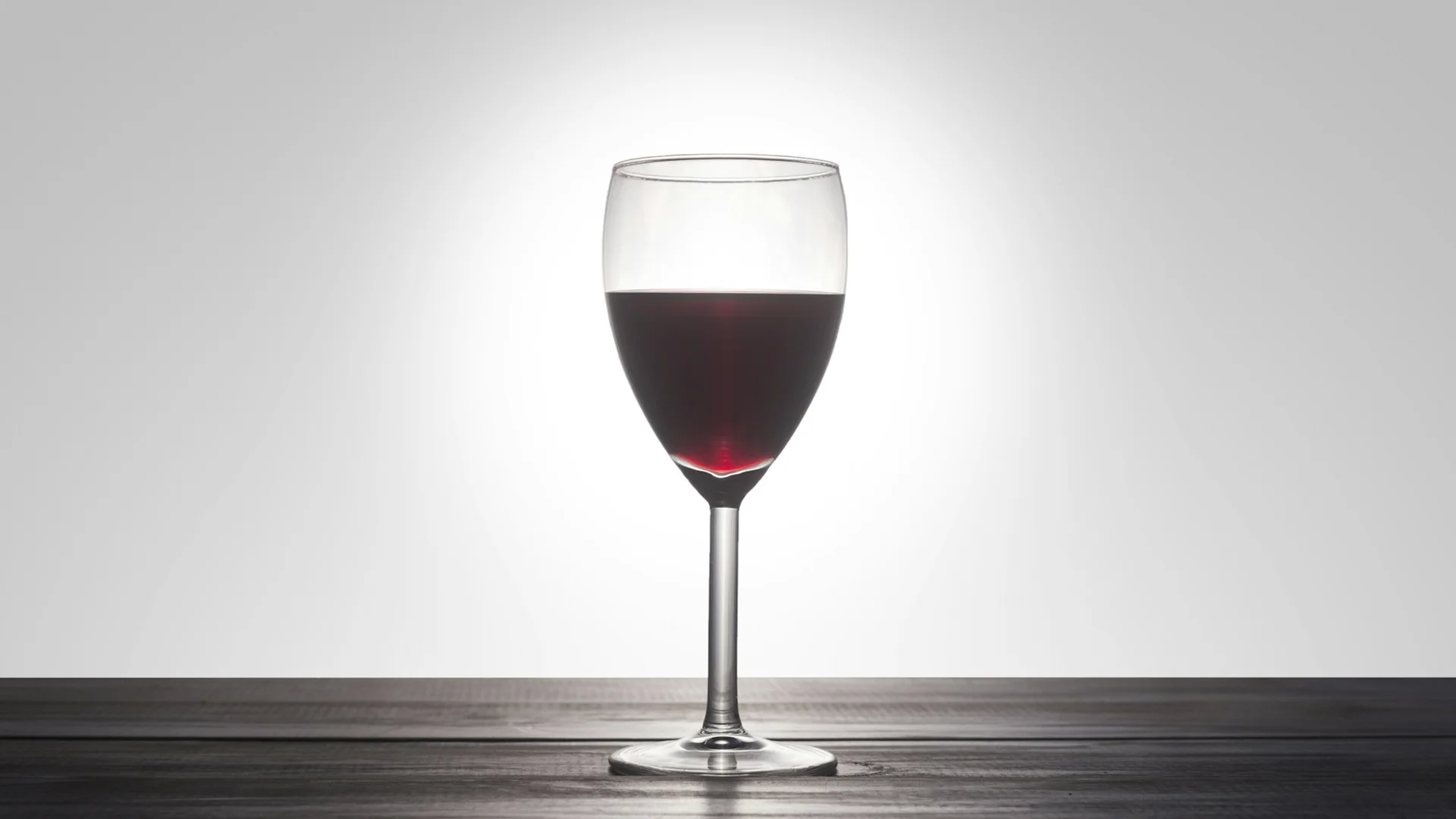
Lagrein is a wine that may not be on every wine list, but that’s what makes it exciting. This deep-hued Alpine red has centuries of history, bold flavours, and a rare status that wine lovers crave. From its Alto Adige roots and unique winemaking traditions to food pairings, sensory notes, and sustainability, here’s everything you need to know about Italy’s dark horse wine.
Lagrein is a rare red grape from northern Italy (Alto Adige) known for its deep colour, firm tannins, and rich flavours of dark fruit and violets. It shares a genetic link with Pinot Noir, Syrah, and Teroldego, giving it a fascinating bridge between Alpine and broader European wine traditions. The Lagrein grapes first appeared in records in the 13th century and were even praised by a 14th-century emperor. In 1370, Holy Roman Emperor Charles IV also praised Lagrein for its quality. By the 1970s, Lagrein was nearly extinct, but its quality and aging potential sparked a revival. Today, Lagrein is recognized for its aging potential and high quality.
Today, it remains a niche gem – almost 250 times rarer than Pinot Noir – and is beloved by wine enthusiasts who value discovering distinctive, under-the-radar varieties. With just ~537 hectares planted (about 9% of Alto Adige’s vineyards) and only about 1,000 acres worldwide, Lagrein is one of the rarest red grapes in the world, with extremely limited global distribution. Finding Lagrein is like unearthing a rare Alpine treasure – a red with serious character and a unique sense of place.
Lagrein demands heat and careful handling. If not fully ripe, it can be a nightmare of green, bitter tannins, so growers favour warm, lower sites and even have vines tucked alongside Bolzano’s sunny streets. Lagrein also prefers heavier soils near water in cool climates, which help ensure proper ripening. Traditionally trained on overhead pergola trellises, many Lagrein vineyards now use Guyot training for better ripening. Winegrowers in Alto Adige have adapted their strategies and site selection to improve grape quality and respond to changing climate conditions.
In the cellar, winemakers historically used long skin macerations to extract maximum colour and tannin, then tamed the wine with oak. These techniques help create a concentrated wine style. Today, there’s a shift toward shorter maceration and gentler techniques to soften Lagrein’s fierce structure while preserving its fruit flavors. A touch of new oak (often ~20%) is still used to introduce smoky spice and round out the tannins. Leading wineries in the region have played a key role in shaping modern Lagrein production through innovative cellar practices.
Overall, making great Lagrein is about balancing power with finesse – ripen it well, handle the tannins with care, and the result is a wine filled with richness and character, bold yet velvety.
Lagrein pours an almost inky purple, telegraphing its intensity. The nose is packed with dark fruit flavours – black cherry, plum, blackberry – often accented by floral aromas of violet and a twist of spice. Especially in examples from Terlano, the wine shows a perfumed and complex aromatic profile, with layers of fragrance and nuance. With oak aging, you might also get whiffs of smoke, cocoa, or vanilla. Its flavour profile can also include notes of cacao and baking spice, adding to its complexity. Lagrein is known for its concentrated flavours and full-bodied style, which set it apart among red wines.
On the palate, Lagrein is typically medium-bodied, with soft acidity and a firm tannic backbone. The wine is filled with richness and character, making each sip deeply flavorful. Young examples can be a bit chewy or astringent, but good ones maintain a velvety texture even in their youth. You may notice an earthy undertone (graphite, leather) beneath the fruit. The finish often has a hint of bitterness – think dark chocolate or coffee – which is actually part of Lagrein’s charm. Overall, it’s a bold, powerful red, but not clumsy: the alpine freshness and violet aromatics give it a surprising elegance alongside all that heft.
Lagrein’s robust structure and savoury edge make it a natural partner for hearty cuisine. Its acidity cuts through rich, fatty dishes, while its tannins pair beautifully with protein. Lagrein can pair with a variety of hearty, rich dishes, making it a versatile choice for food lovers.
Protein:
Cheeses:
BBQ:
In short, Lagrein is a bold wine made for robust flavours, not delicate salads.
Alto Adige’s Alpine climate defines the character of Lagrein. Hot summer days (fed by Mediterranean air) and cooler nights in the valleys give grapes ripe flavours plus refreshing acidity. Lagrein grown below about 300 m (sea level equivalent in elevation) thrives on warm soils of sand, gravel, and porphyry near Bolzano. Higher up the mountains, it struggles to ripen and can turn overly aggressive and green. The optimal altitude for cultivating Lagrein is between 300 and 500 meters above sea level. The region, situated in northeastern Italy in the Italian Alps, provides an ideal environment for this flagship red.
Small plantings exist elsewhere – in Trentino (just south of Alto Adige) and in experimental plots in places like the Willamette Valley in Oregon – but the best examples carry an Alto Adige (Südtirol) DOC label. Those wines often show a peppery, mountain-fresh edge, whereas a warmer-climate Lagrein (say from California) might be more fruit-forward and softer. U.S.-grown Lagrein shows more fruity notes and has a bold acidity. Lagrein is also grown in the Central Coast of California and the Montinore Estate in Willamette Valley, Oregon. Still, wherever it’s grown, Lagrein needs plenty of sun by day and a bit of Alpine magic at night to show its best.
Lagrein wines range from youthful and fruity to serious and aged. By law, a varietal Lagrein must be mostly Lagrein (85% or more). On labels, you’ll often see Alto Adige Lagrein DOC (sometimes noted as Lagrein Dunkel, meaning the dark red). Top wines may be labelled Riserva, indicating extra aging (minimum 2 years) and a more robust profile. Some labels also include “Vigna”, signifying a single-vineyard bottling (usually a quality sign). While Lagrein’s tannins are not high enough to successfully age for 20 years, they can age for about 10 years, making them well-suited for mid-term aging and allowing the wine to develop deeper complexity over time.
There’s also Lagrein Kretzer, the local name for the rosé version of the wine, made with minimal skin contact for a lighter, fresher style. While Lagrein is often bottled on its own, it occasionally appears in a few blends. For example, a bit of Lagrein can enhance a Schiava-based Santa Maddalena, or it may be blended with Cabernet/Merlot (in which case the label will mention those grapes). Generally, though, if you see “Lagrein” on the front label, you’re getting a mostly pure taste of this unique grape.
Serve Lagrein at 16–18°C (61–64°F), slightly cooler than standard room temperature, to maintain its vibrant fruit character and keep tannins in check. Young wines benefit from a short decanting (30–60 minutes) to soften their edges and open up their aromatics. Use a large-bowled red glass to capture its bouquet fully.
When aging Lagrein, store bottles horizontally in a cool, dark space (~55°F). Most examples will develop beautifully over 5–8 years, with Riserva bottlings lasting even longer. The reward? A transformation toward softer tannins and deeper complexity.
Alto Adige is at the forefront of sustainable viticulture. The region’s 2030 Wine Agenda promotes organic farming, soil health, and reduced chemical inputs. Many vineyards now use cover crops and beneficial insects in place of herbicides, while local cooperatives encourage hundreds of small growers to farm responsibly. Winegrowers in the region are adopting sustainable practices and evolving their strategies, including mindful site selection, to adapt to climate change and improve grape quality. The region also boasts a diverse range of soil types, including calcareous, gravel, granite, and mineral-rich alluvium, which contribute to the unique characteristics of its wines. Alto Adige has a history of being significantly multicultural, where both German and Italian are spoken.
Climate change is bringing warmer seasons, which can benefit Lagrein’s ripeness, but producers are adapting — planting at cooler sites and fine-tuning canopy management to preserve freshness. Many wineries are also investing in solar energy and efficiency upgrades to reduce their carbon footprint.
Choosing a Lagrein often means supporting a region that values both tradition and environmental stewardship.
Lagrein might not be a household name, but that’s part of its allure. This brooding alpine red delivers a one-two punch of history and flavour – a wine that nearly vanished, now wowing those who discover it. Tasting Lagrein is like finding a new favourite band before everyone else. It’s authentic, soulful, and unapologetically itself.
For wine enthusiasts, Lagrein offers a rare opportunity to explore a grape with deep roots in the Italian Alps, a distinct personality, and incredible food-pairing potential. It’s a wine you can drink young for its vibrant fruit and energy, or cellar for several years to watch it develop richer layers. Lagrein is cultivated in diverse terroirs, leading to a wide range of wine styles that reflect the unique characteristics of each vineyard site.
As one winemaker noted, Lagrein is a “niche grape” that needs a champion – and once you’ve tried it, you just might become one. In addition to the classic red, consider exploring Lagrein Rosato, a fresh and elegant rosé style made from the same indigenous grape, celebrated for its fruitiness and finesse. So here’s to Alto Adige’s dark horse: pour a glass of Lagrein, savour its bold fruit and mountain spice, and enjoy a little taste of the Dolomites in your glass. Salute!

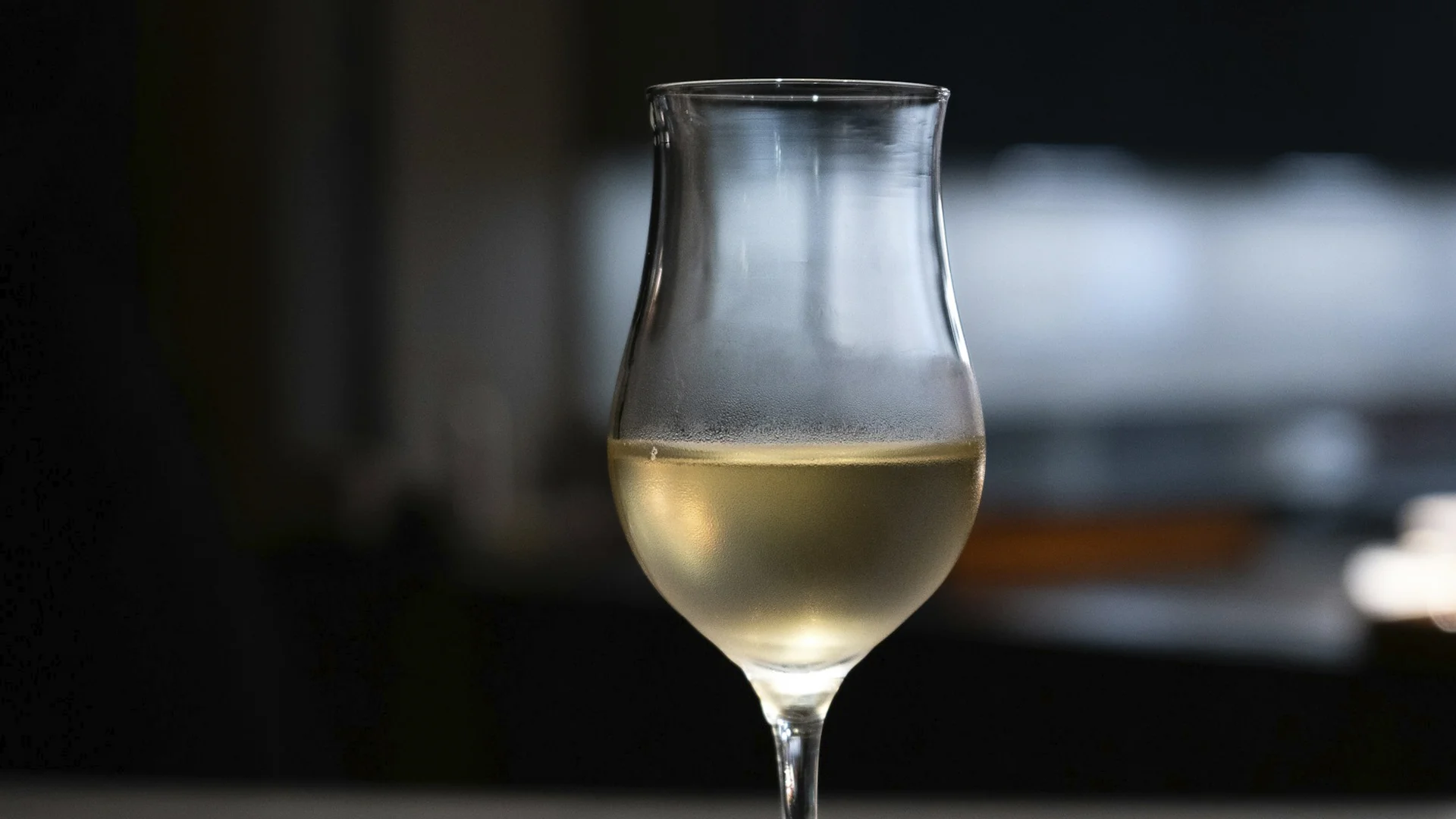
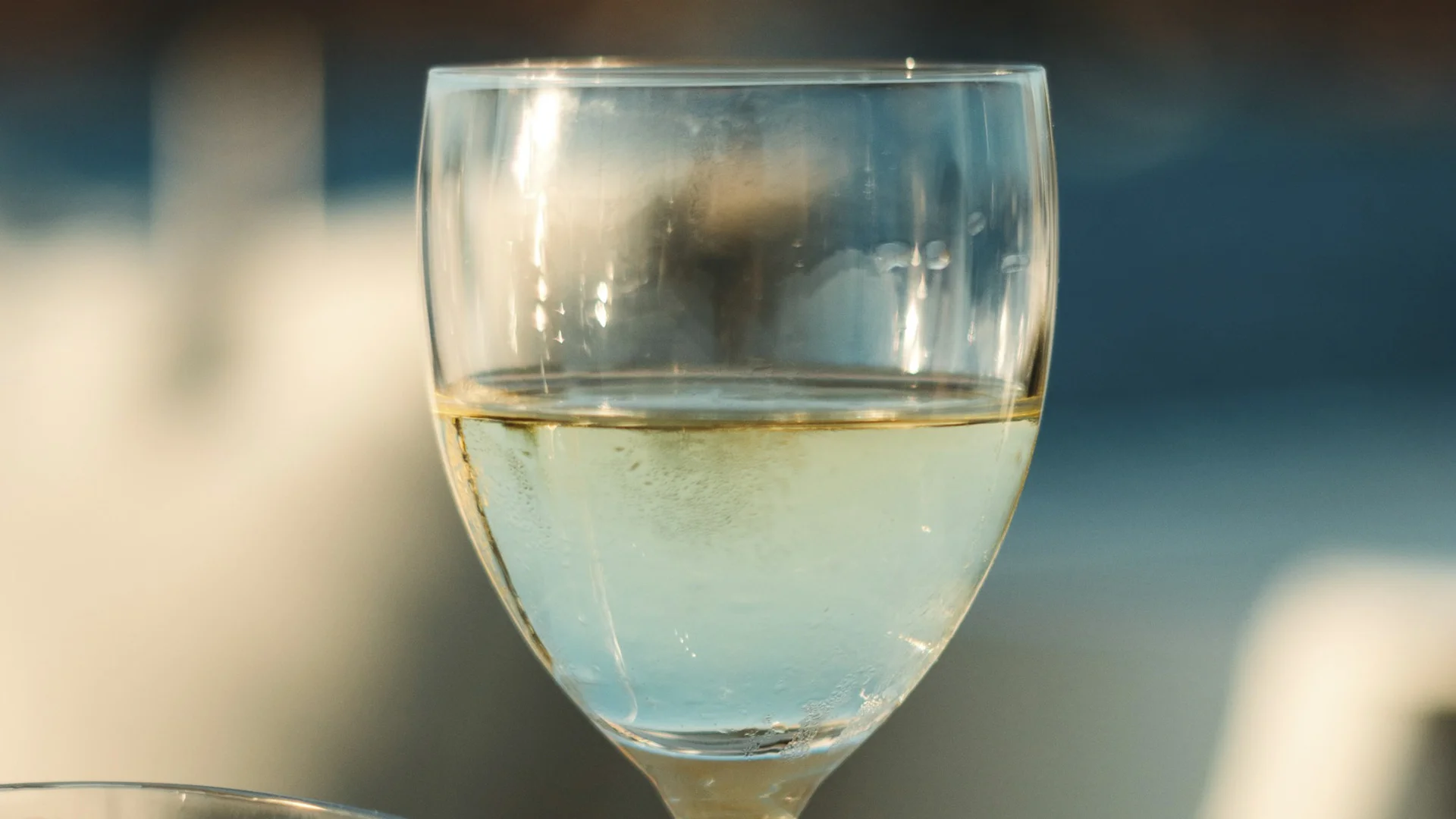
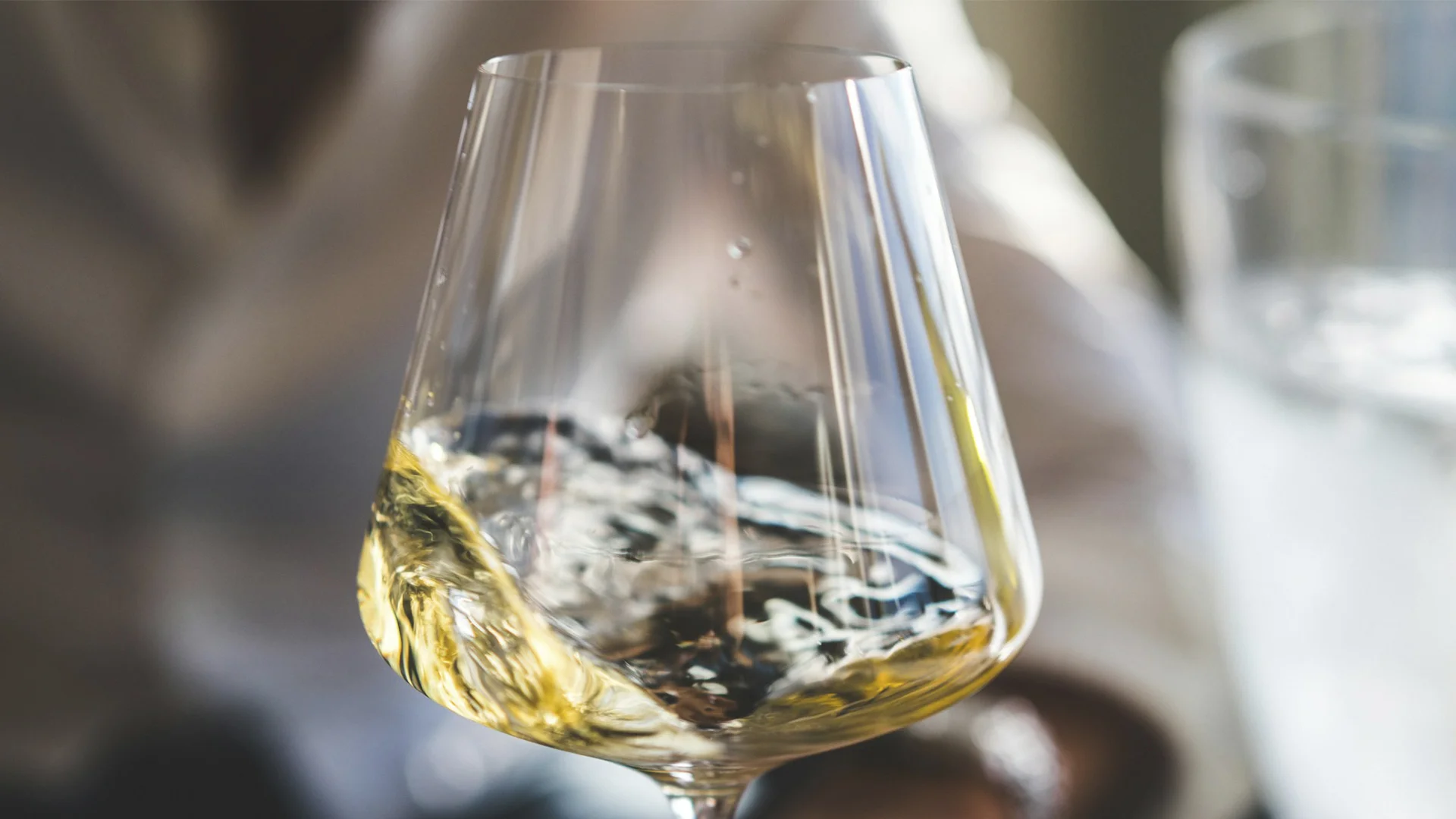
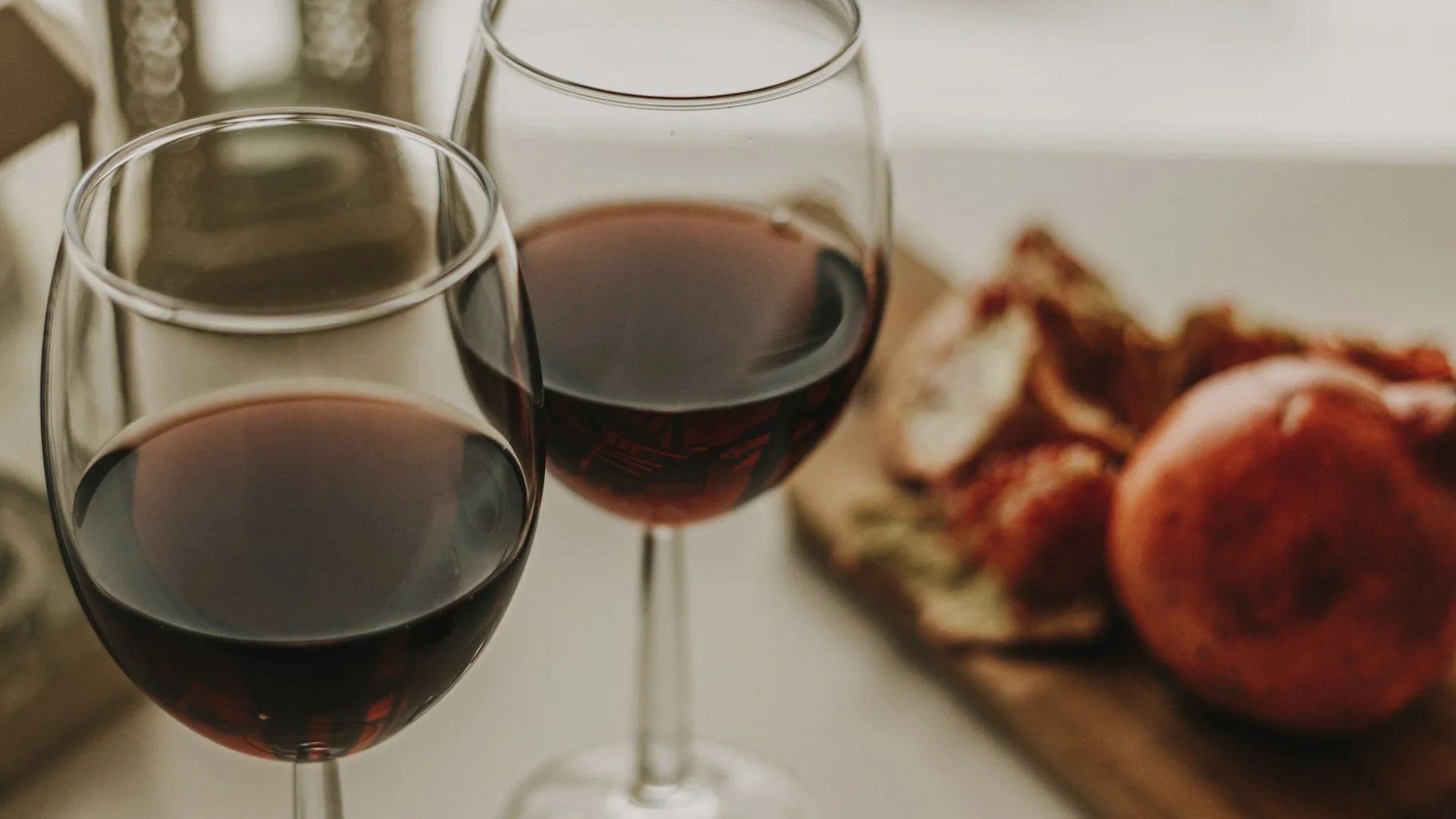
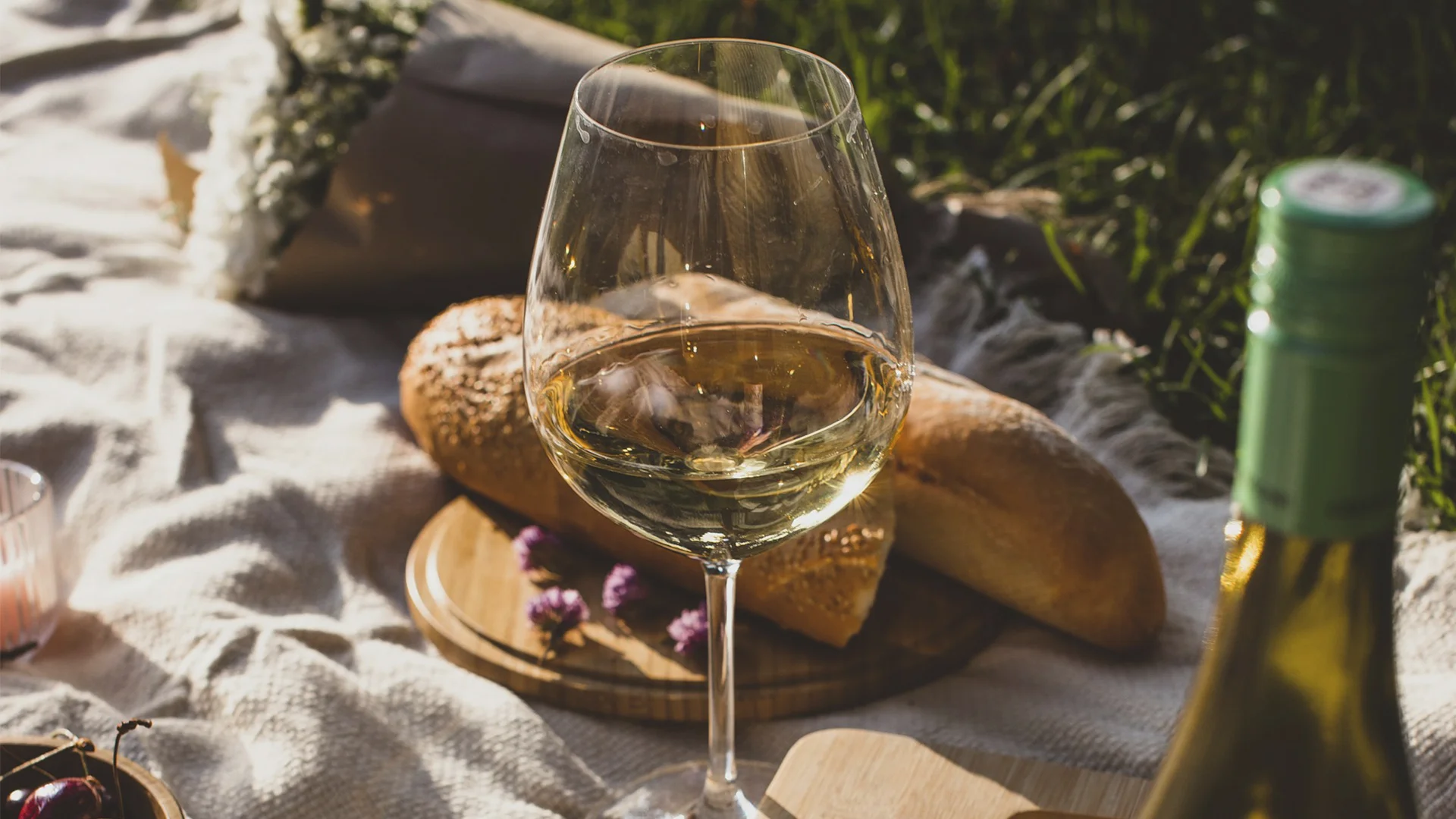
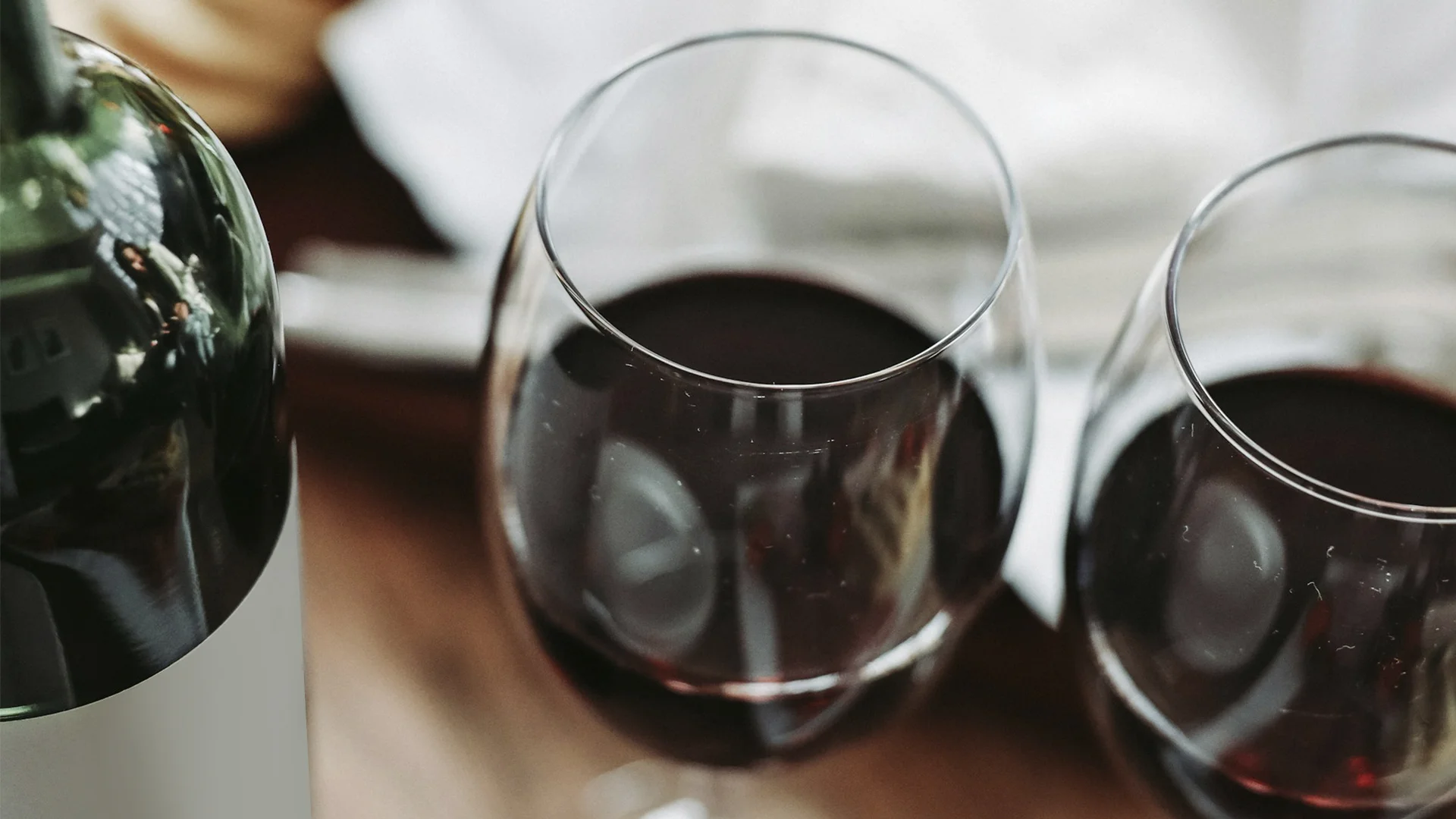
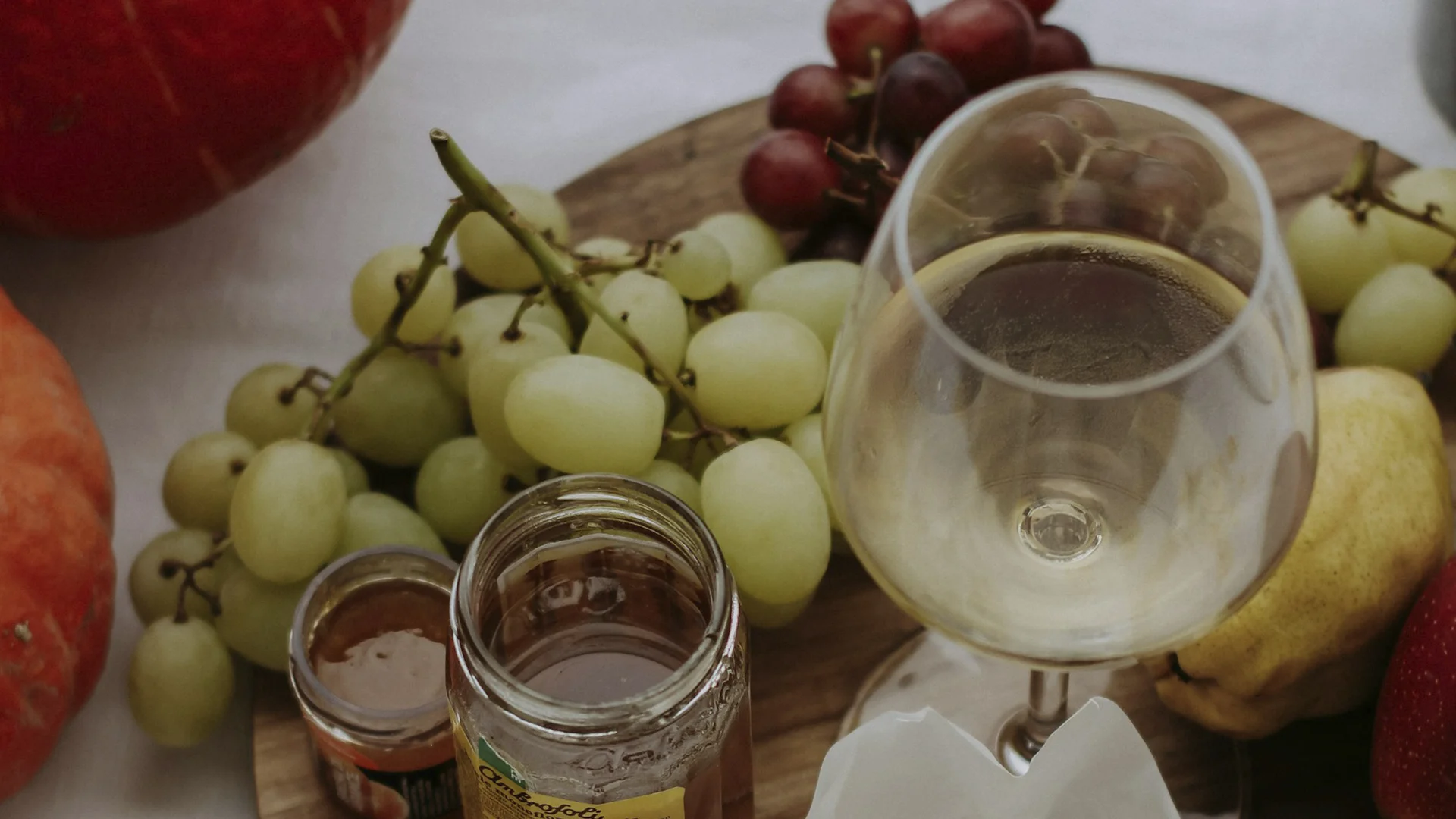
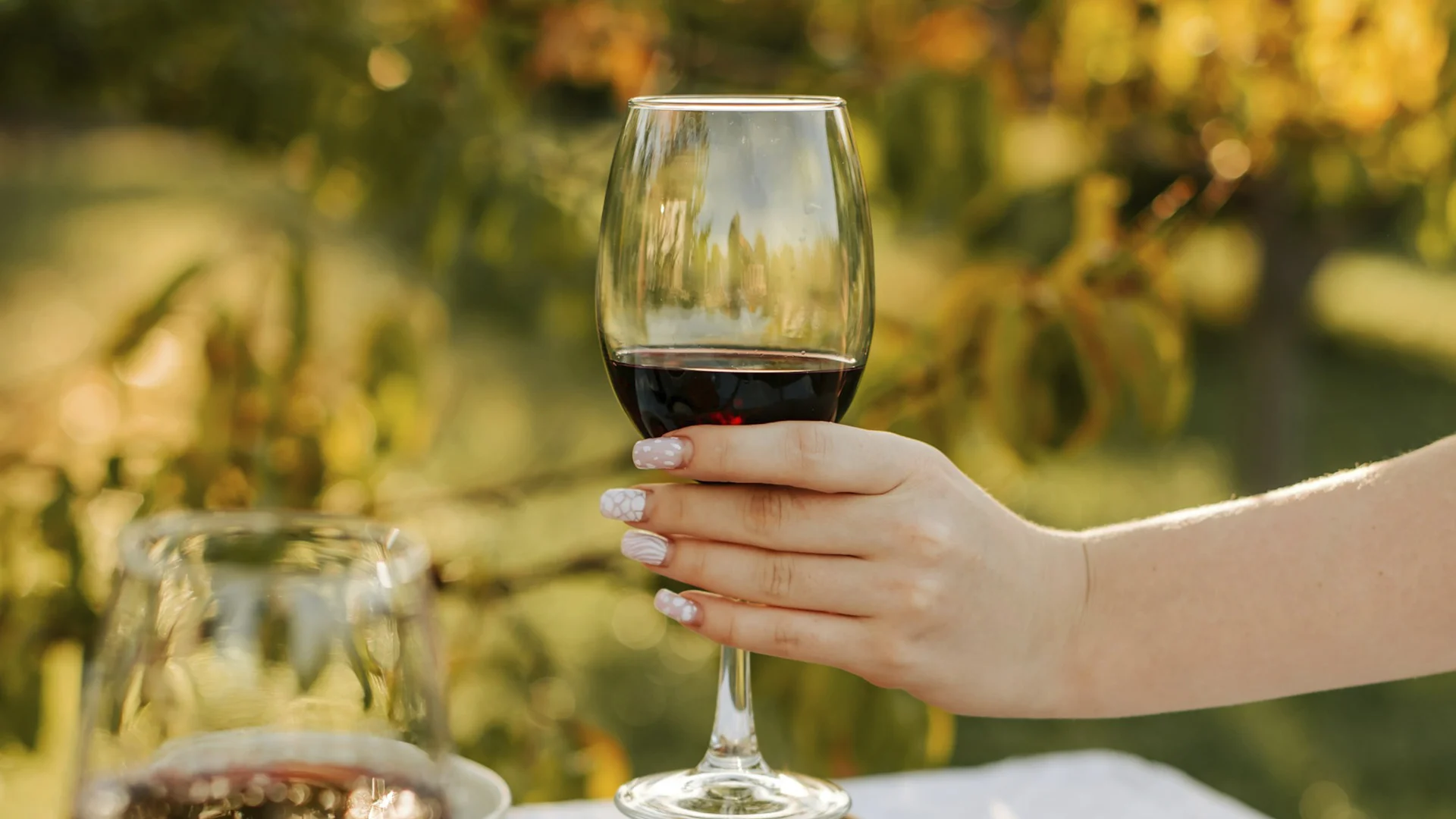

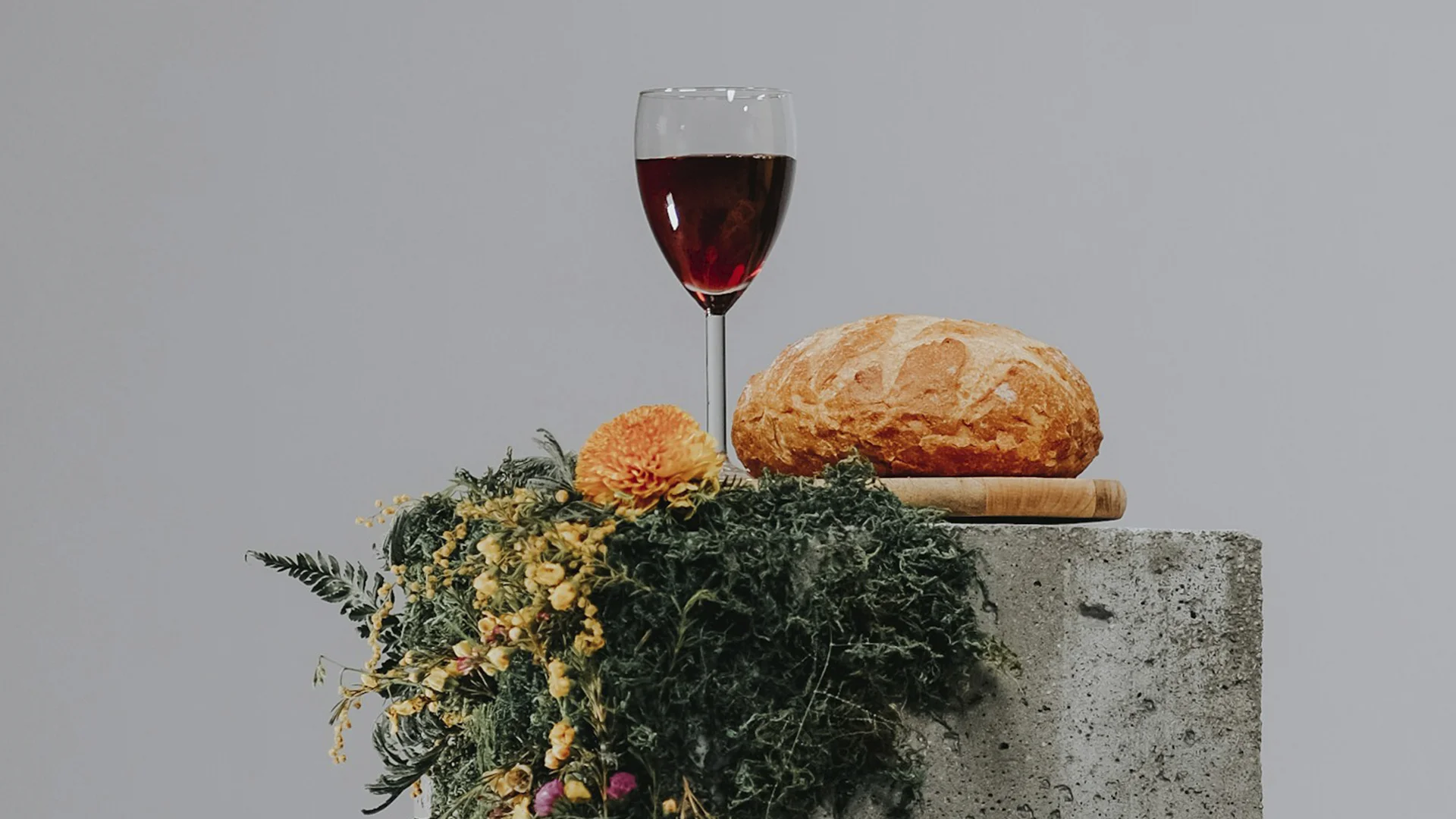


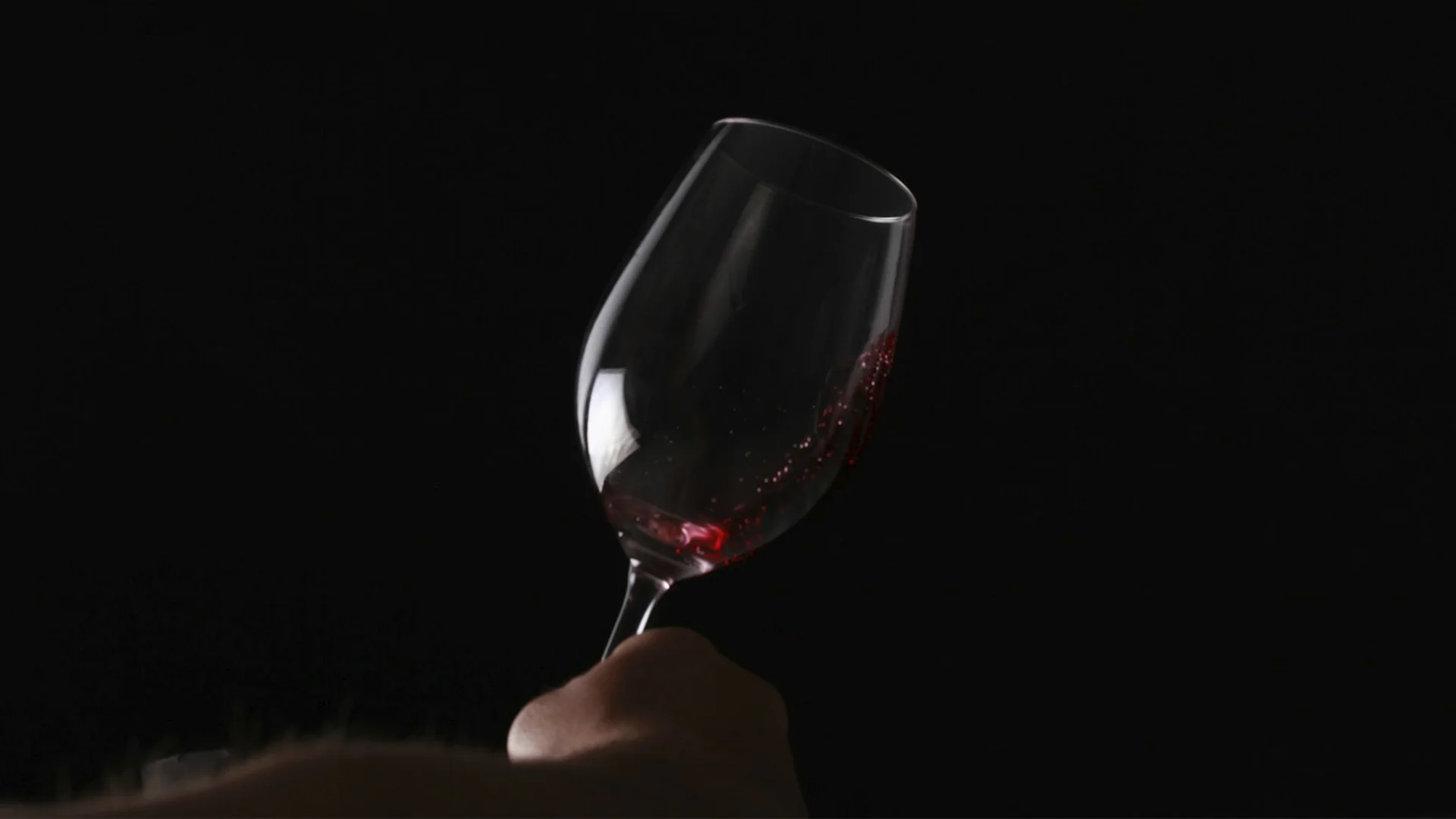
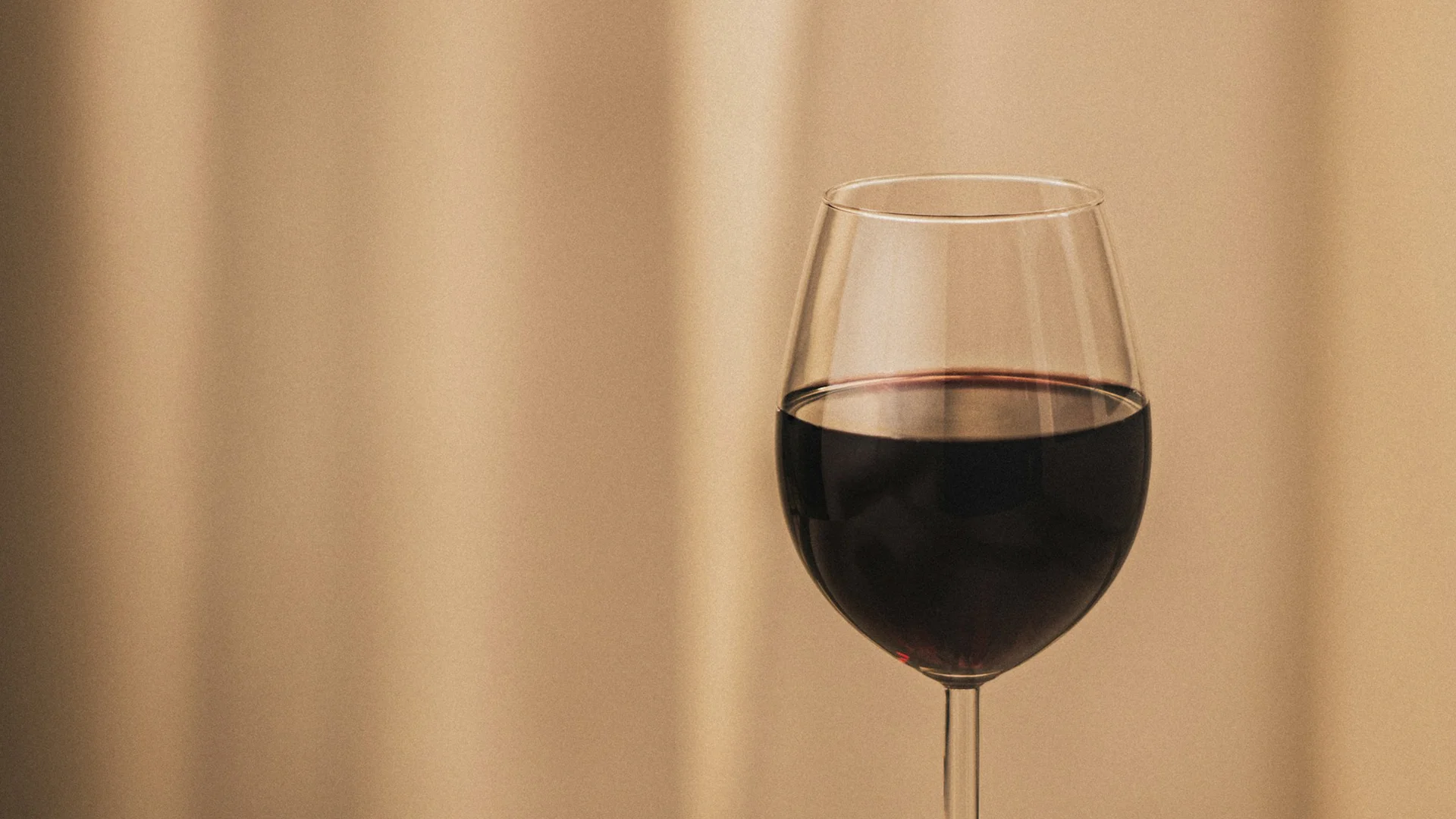
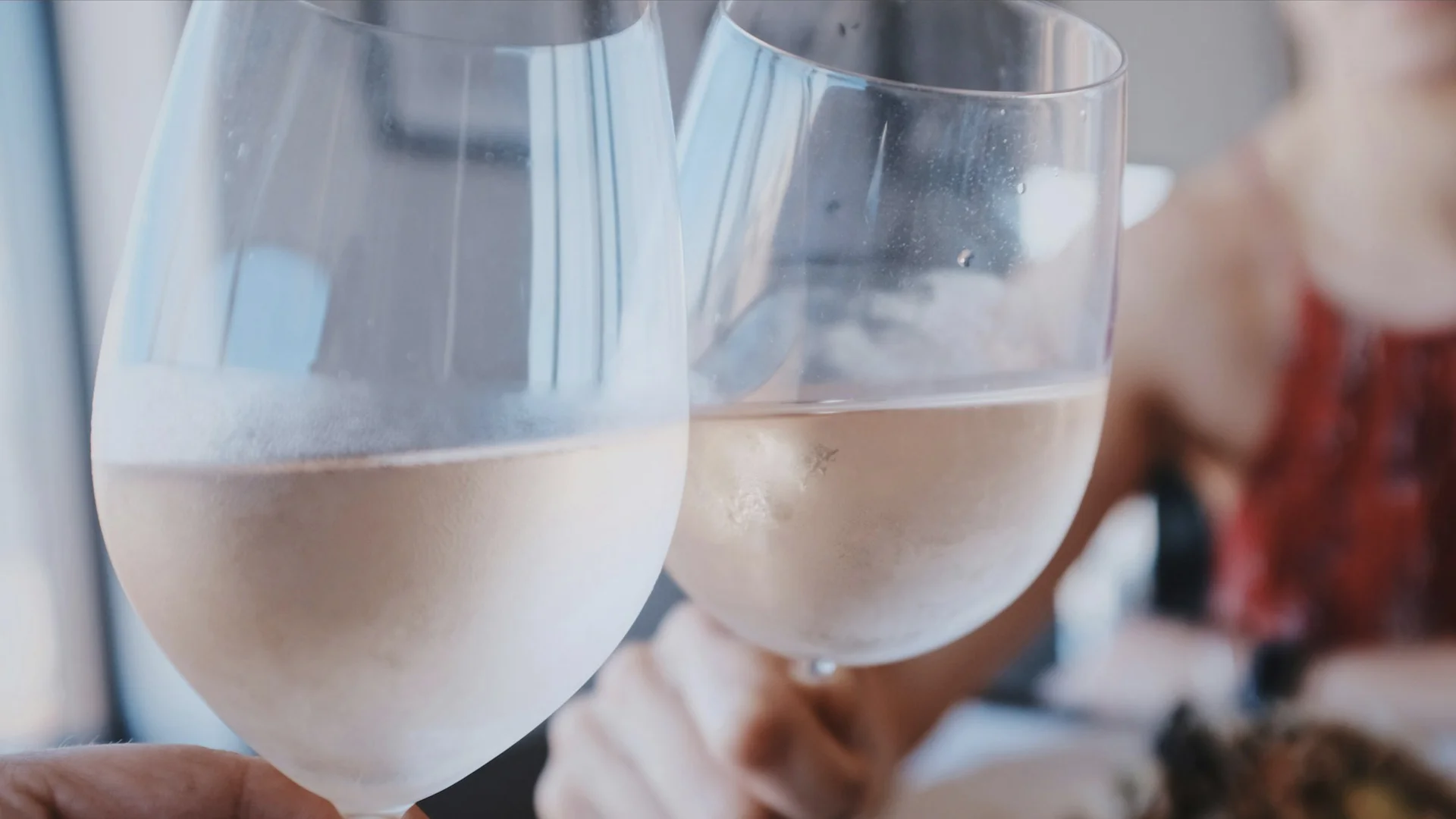




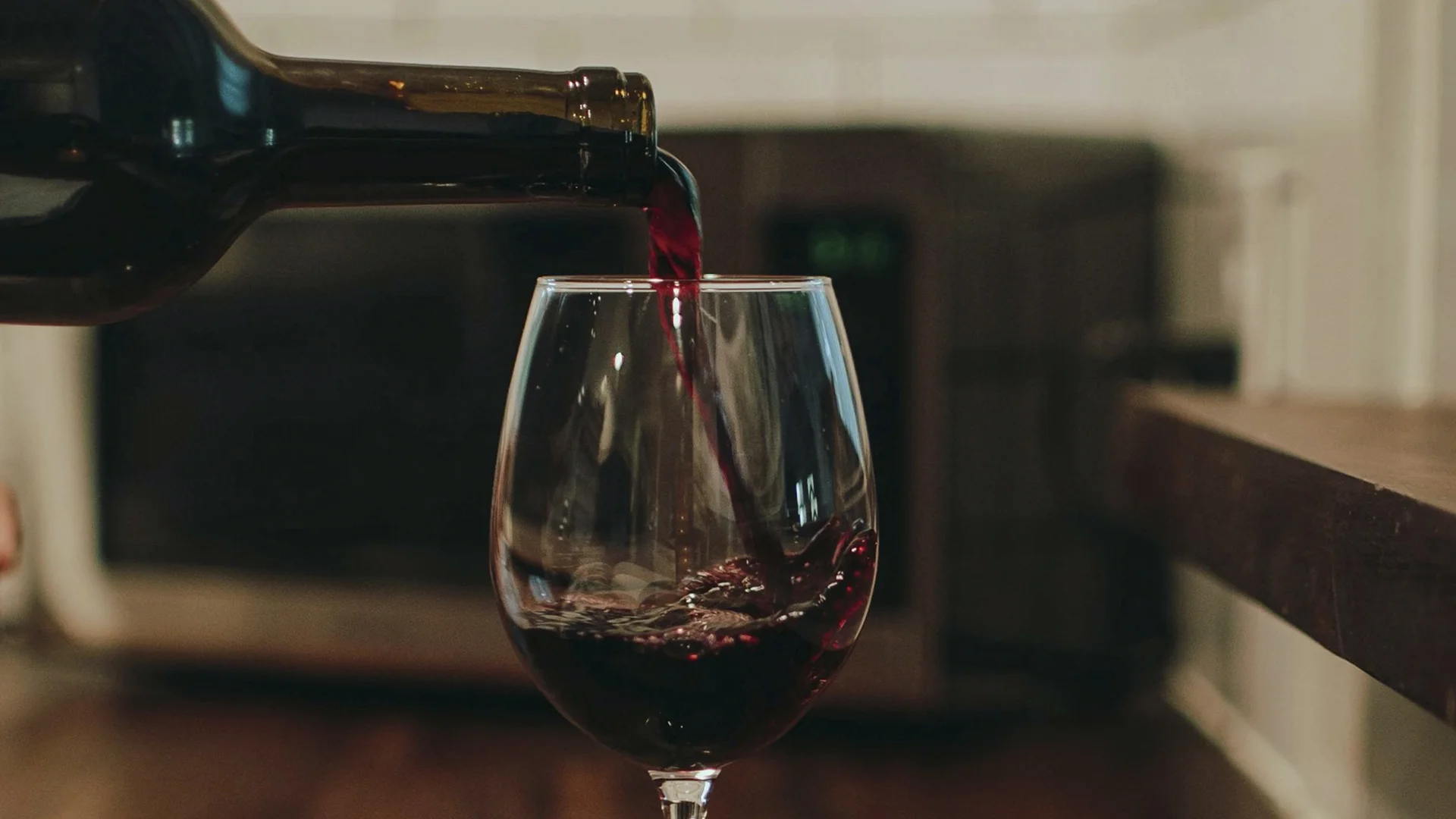
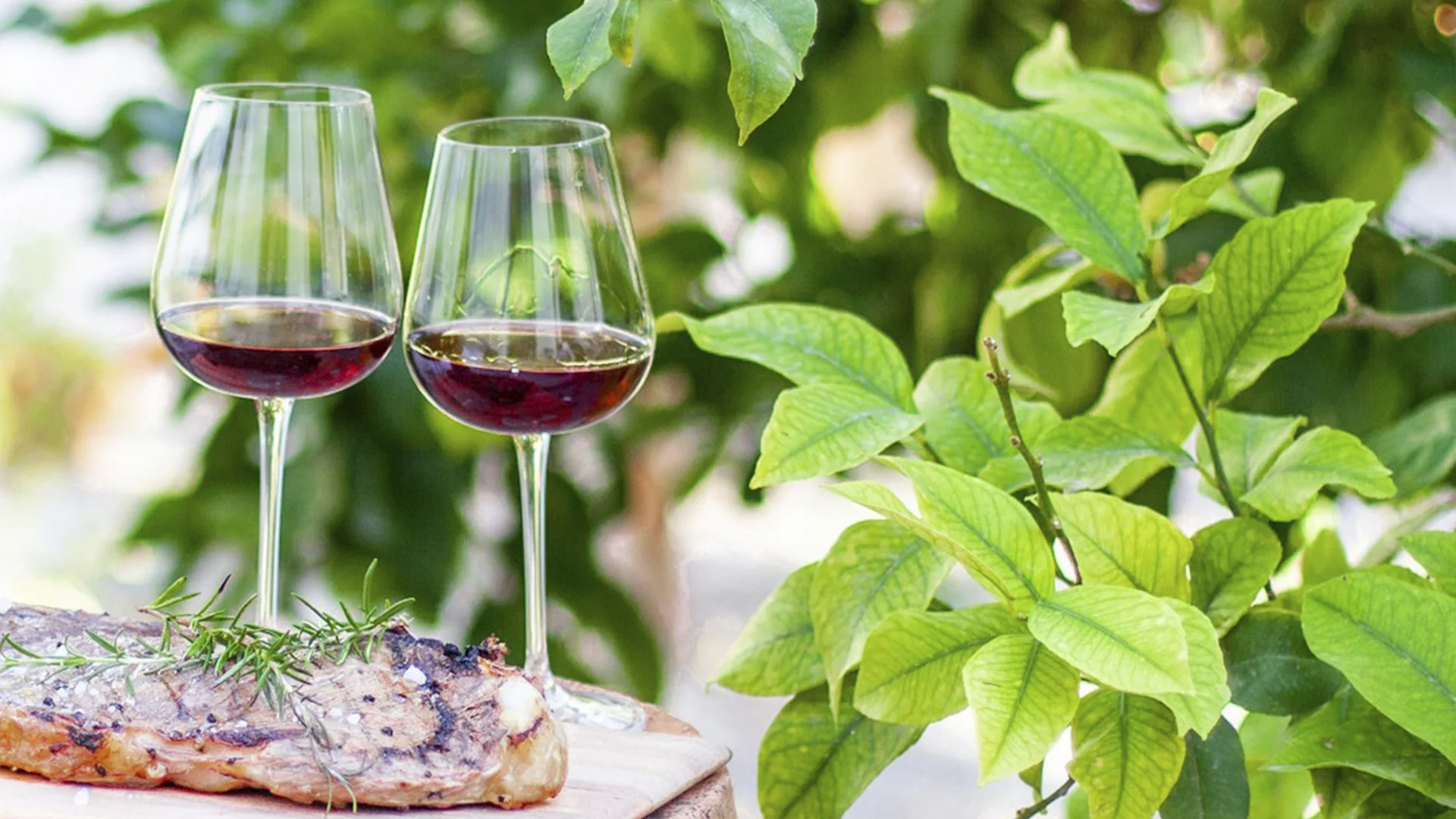

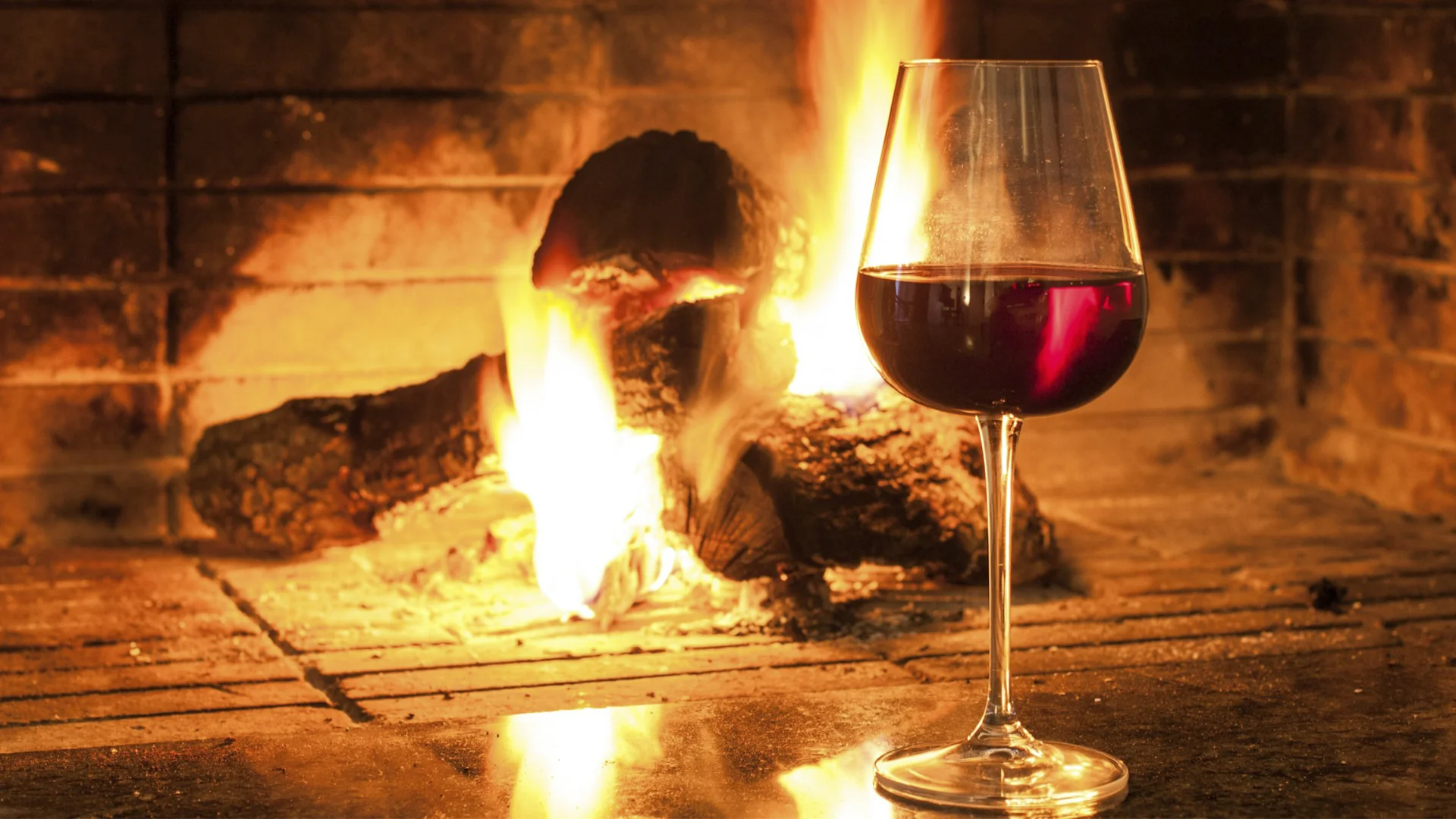
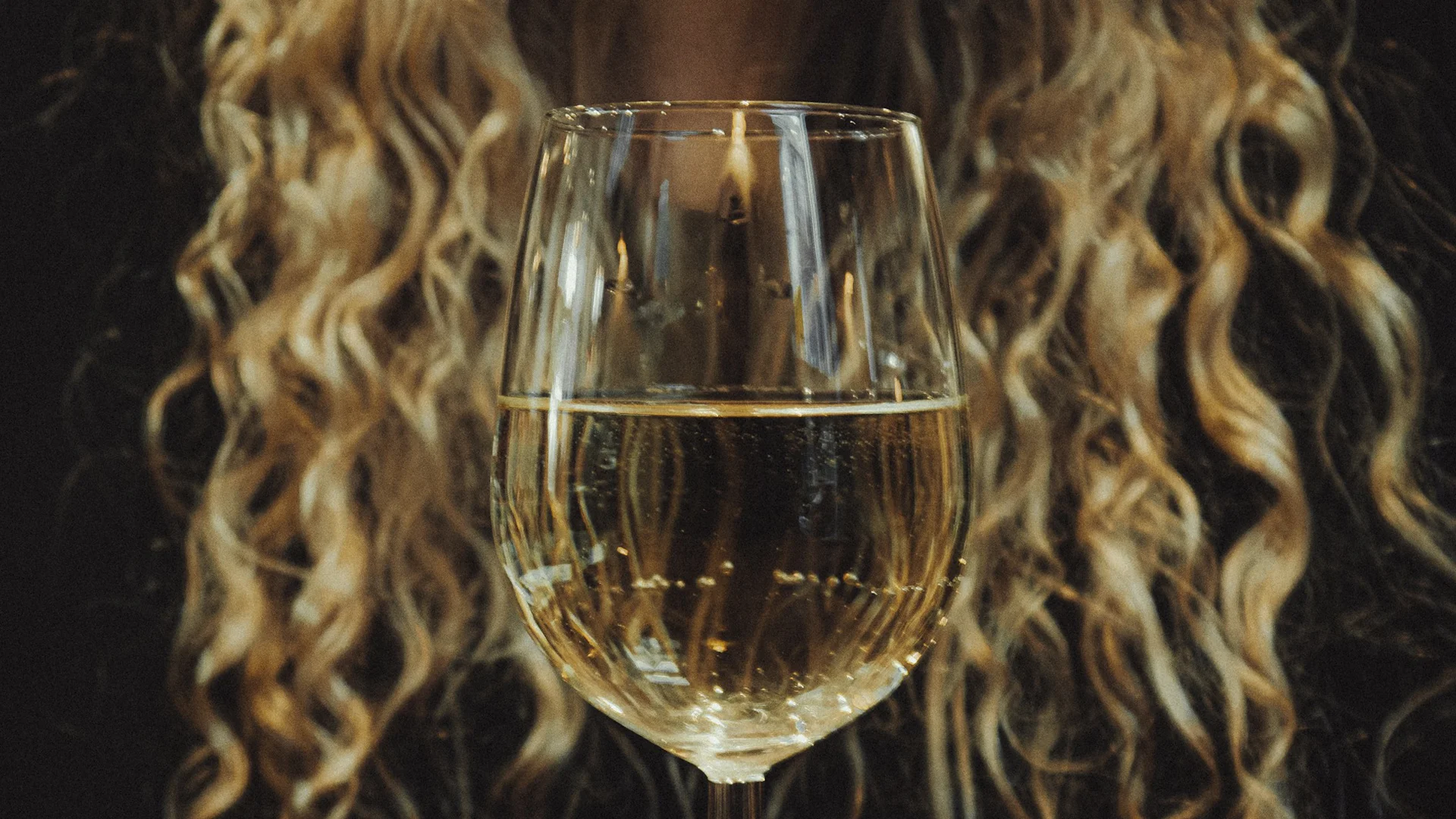

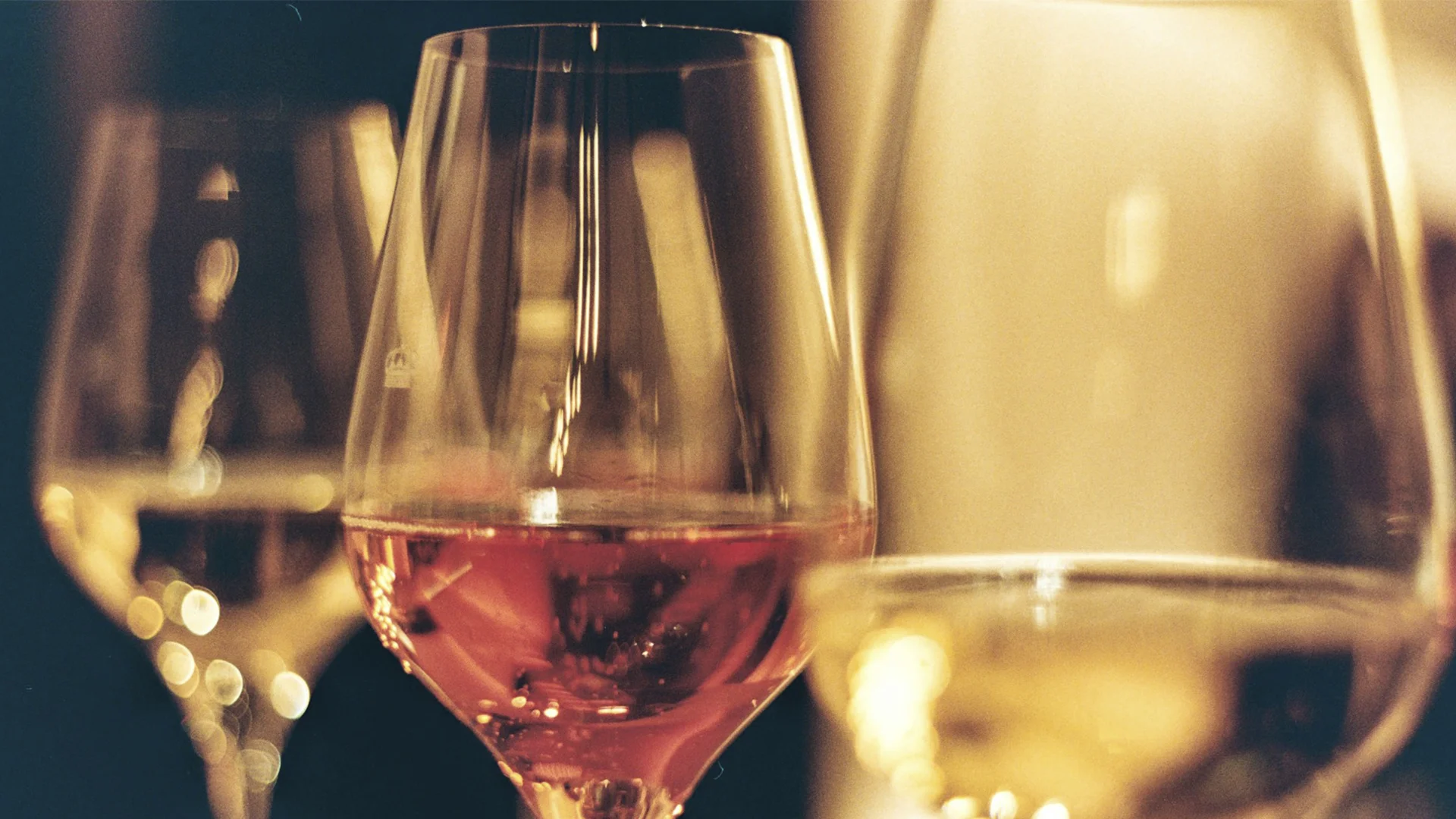
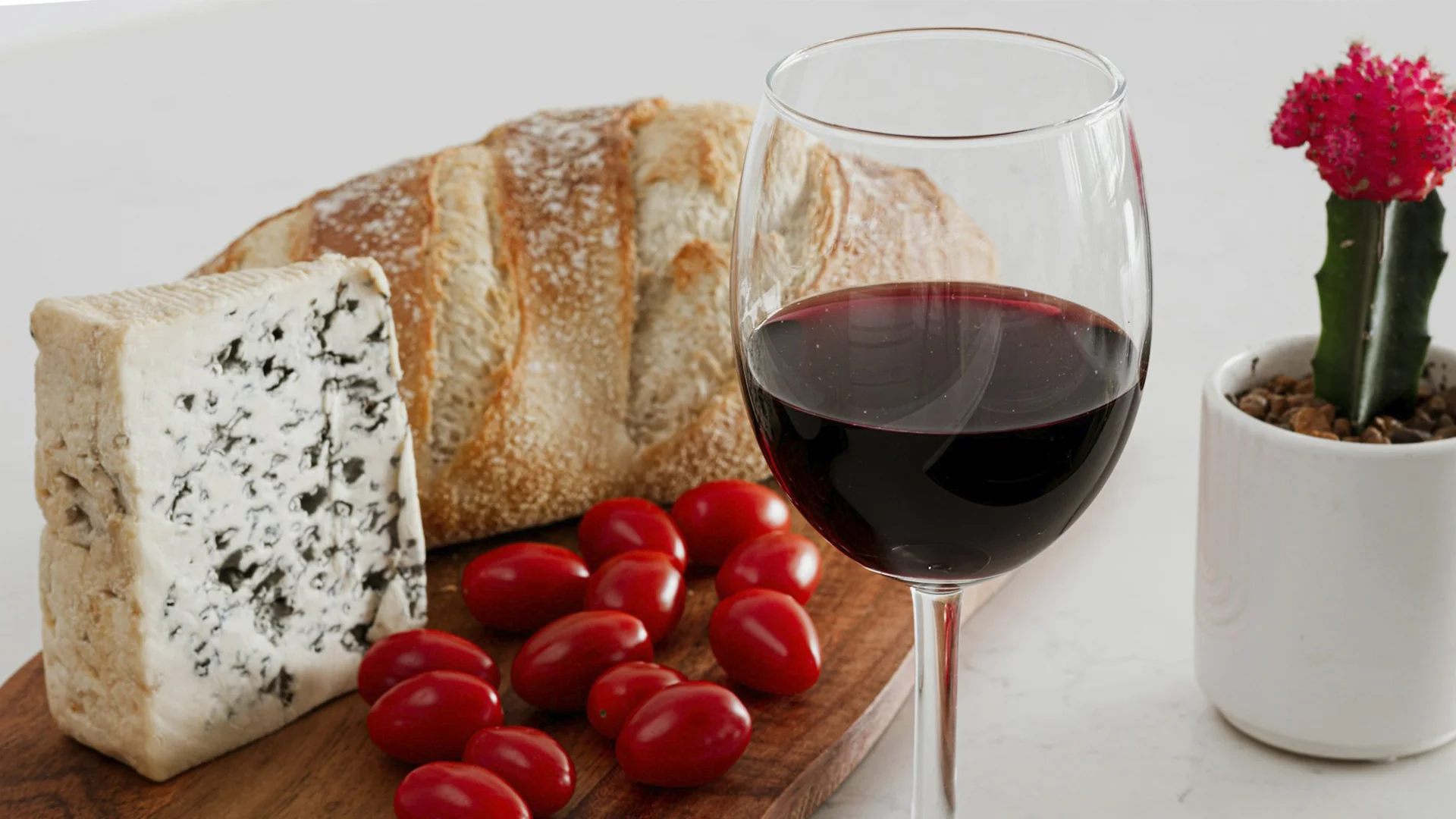



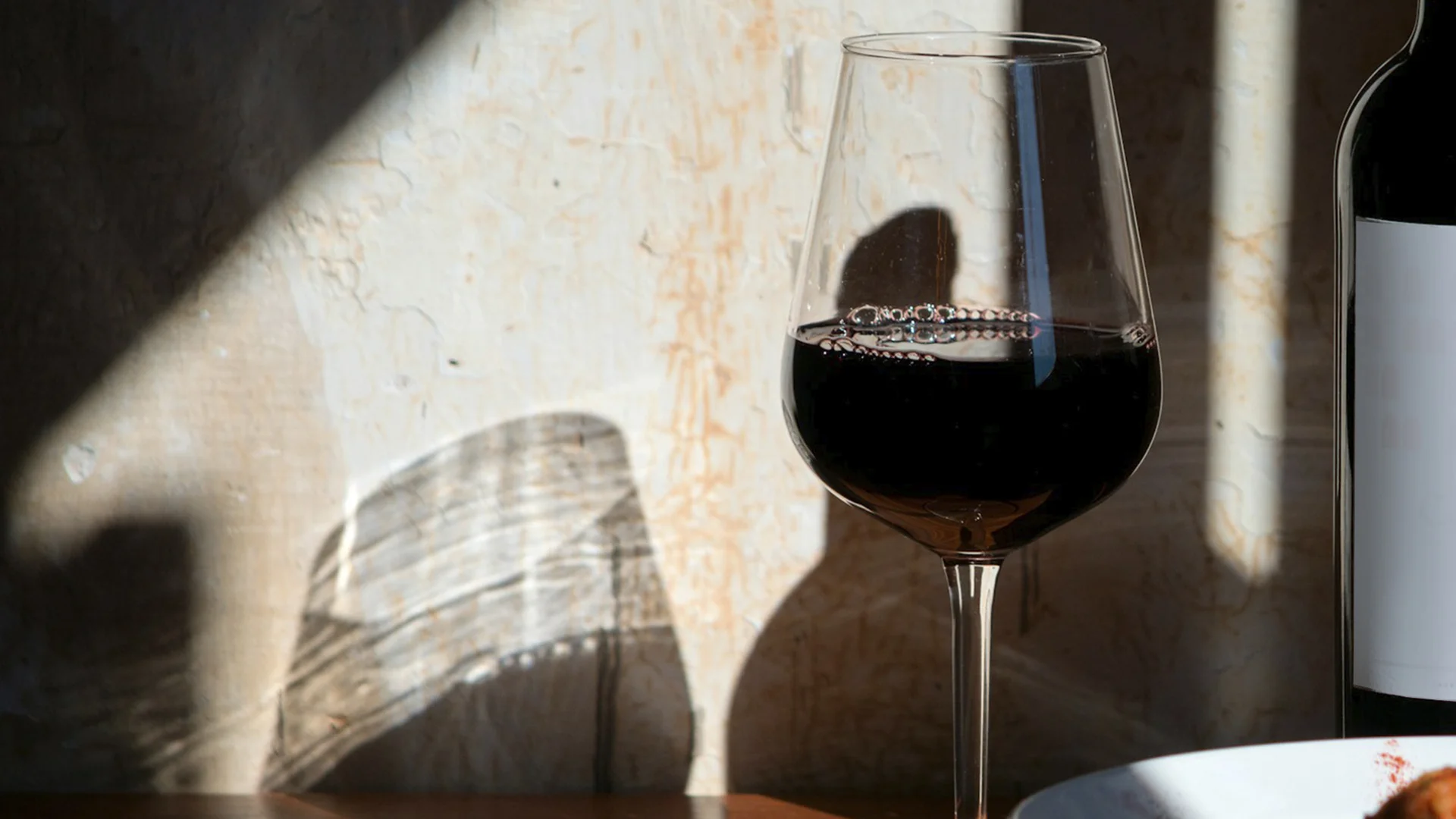
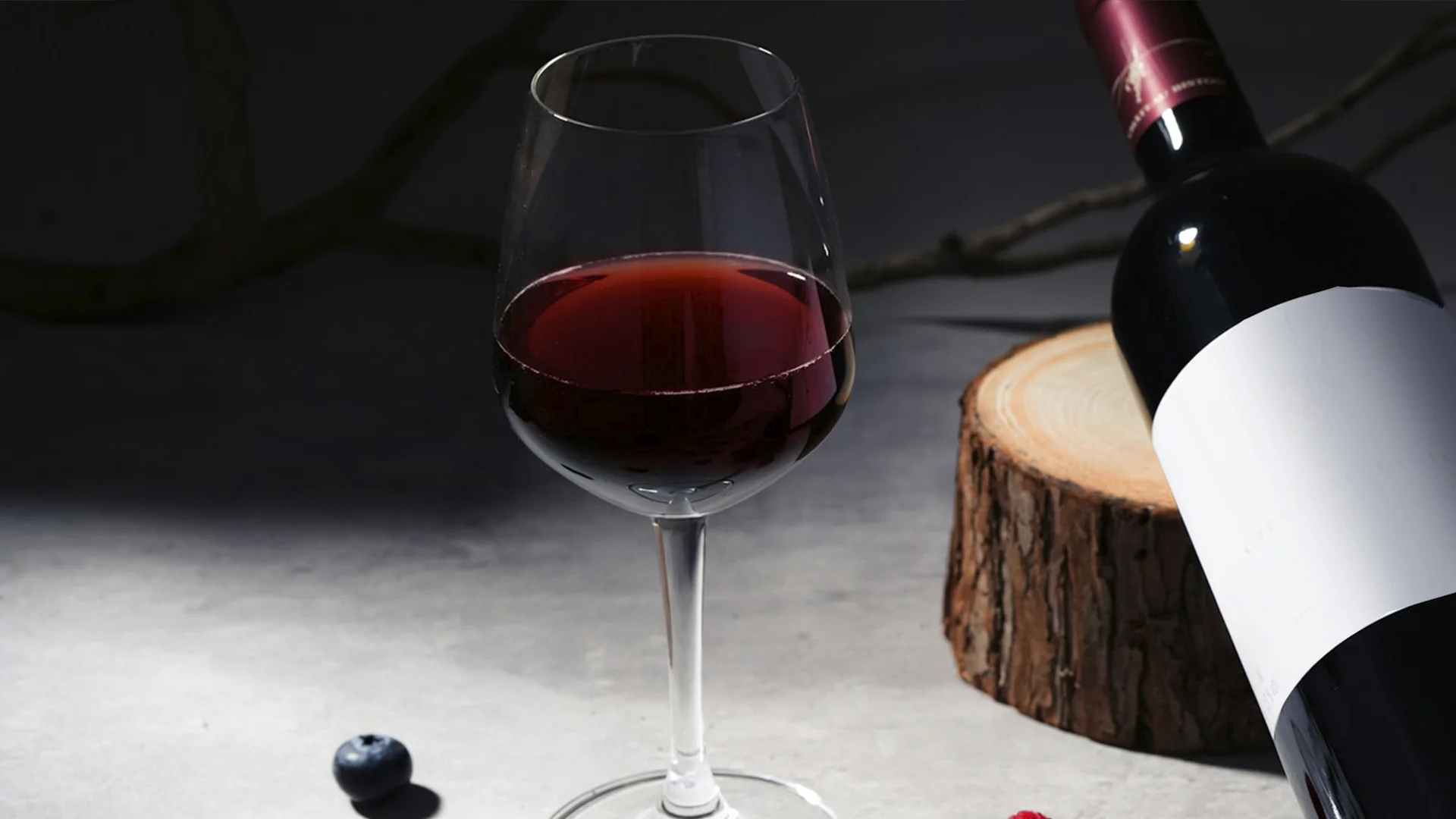
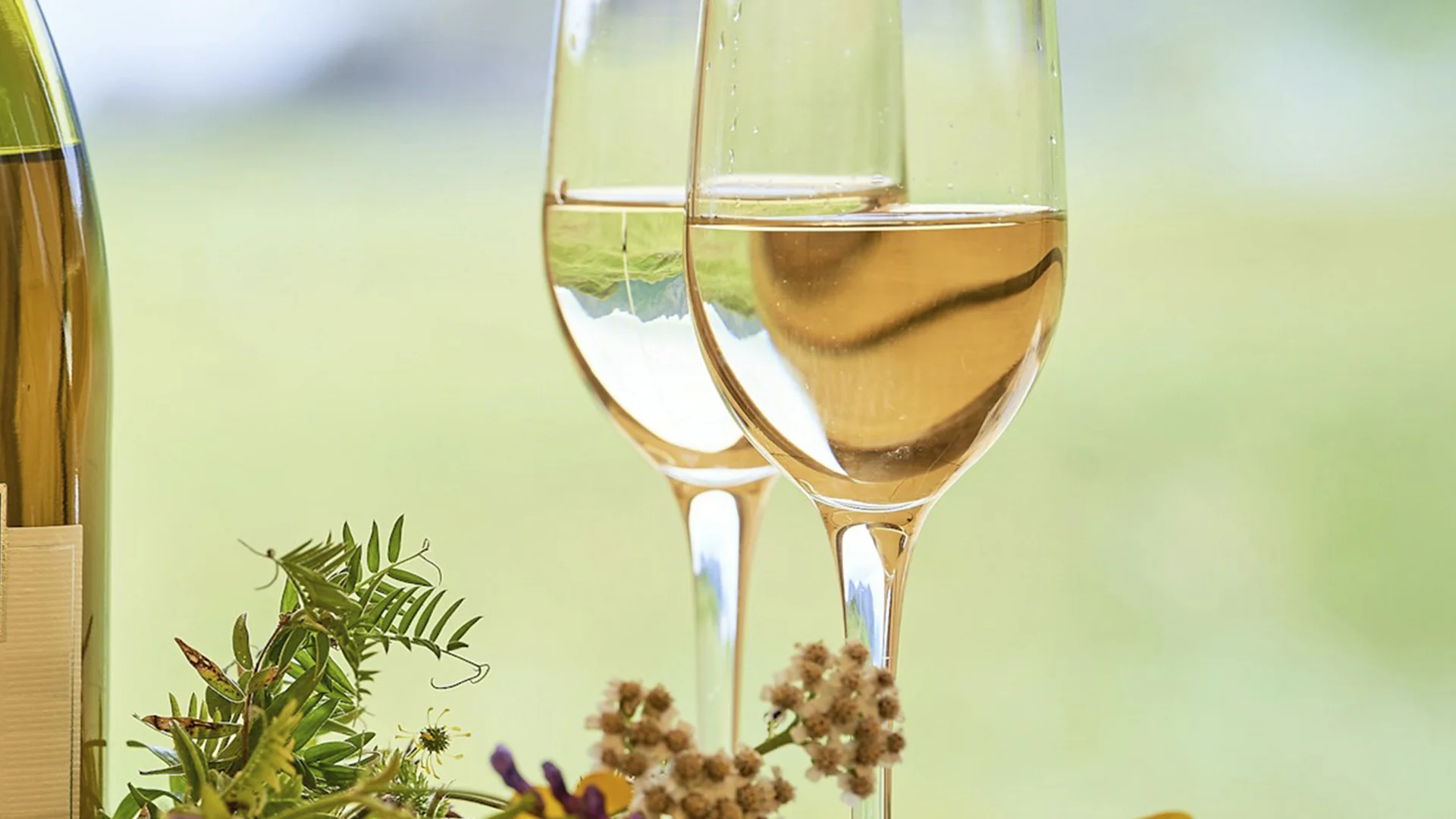
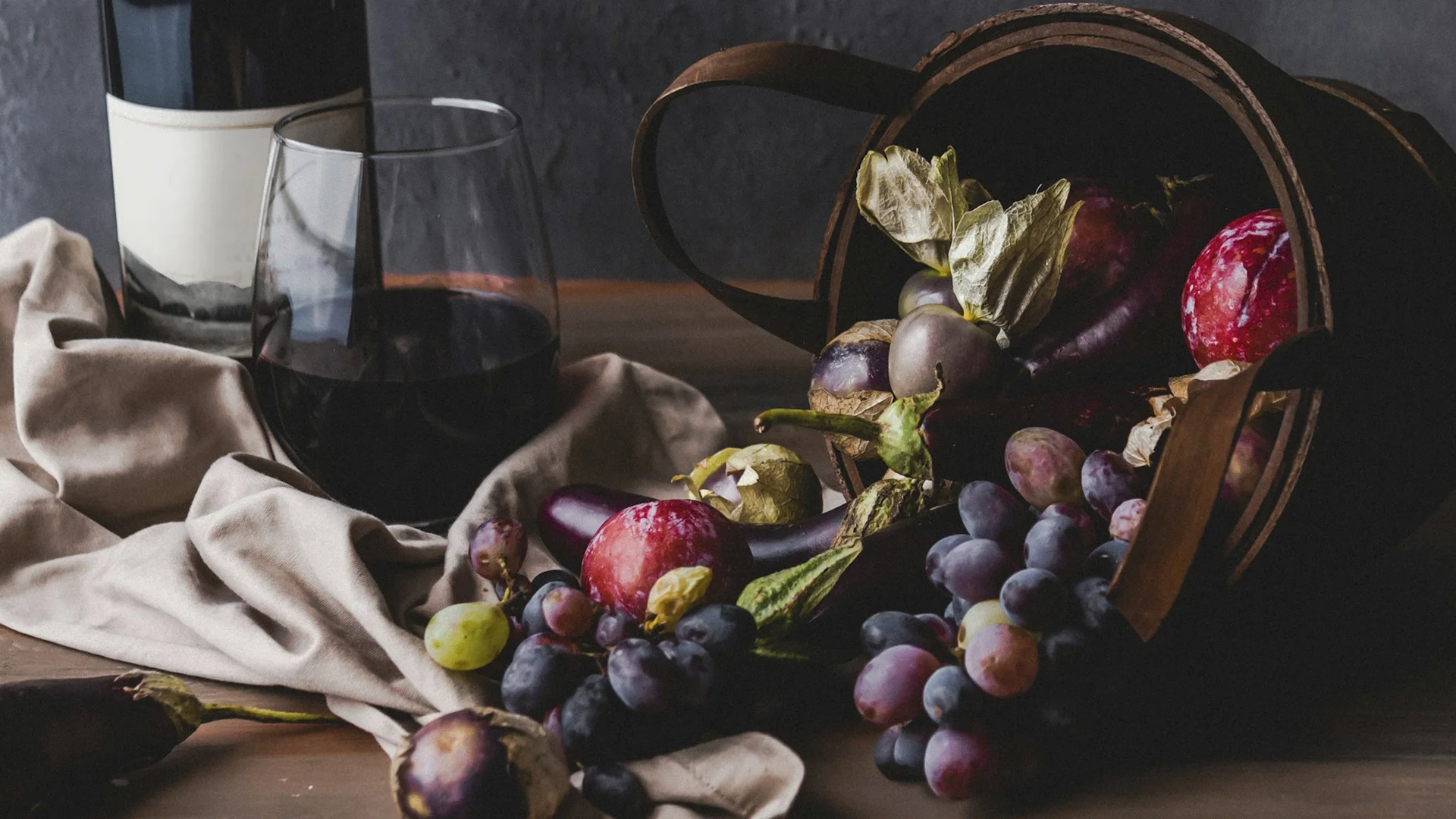
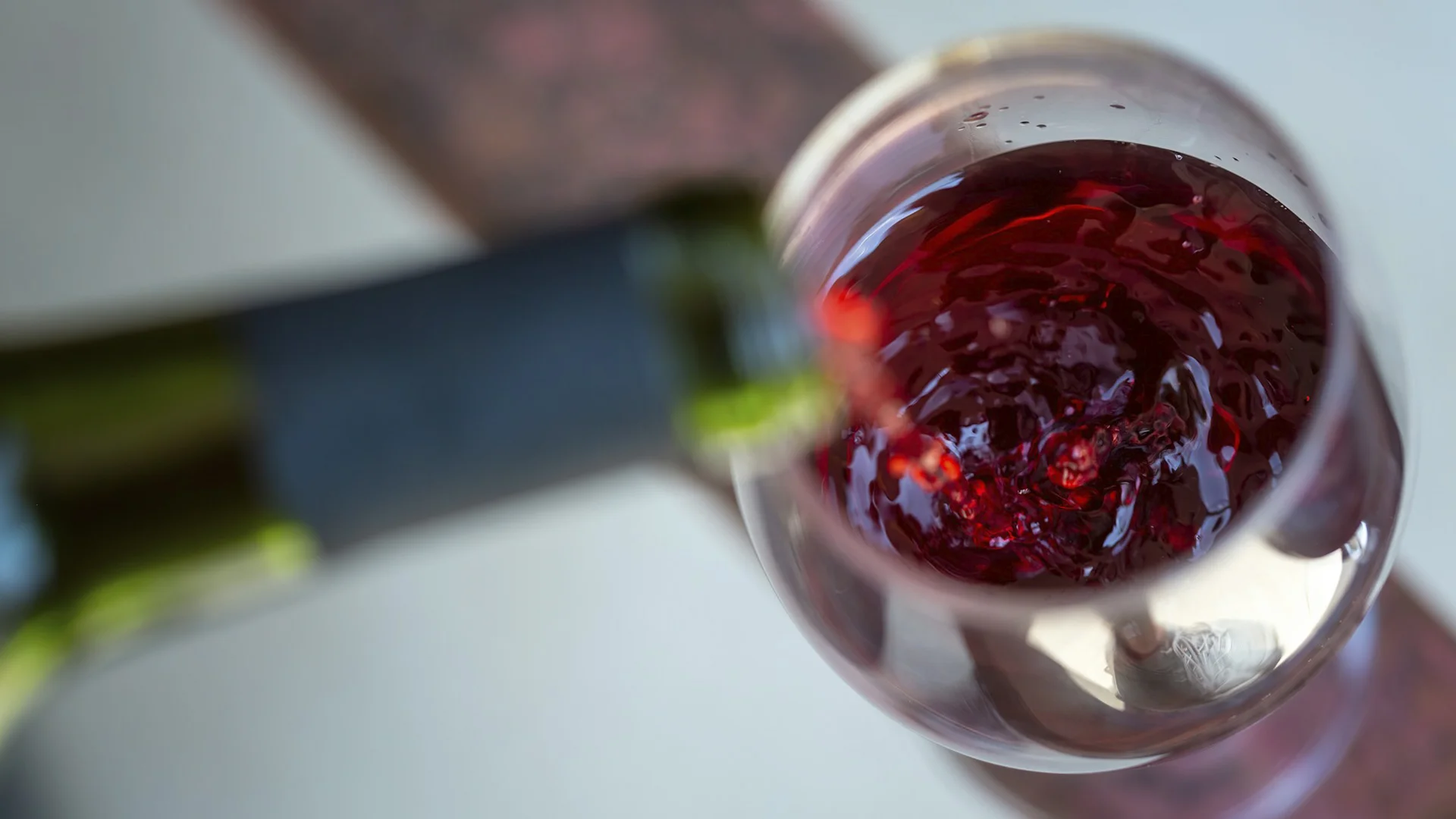
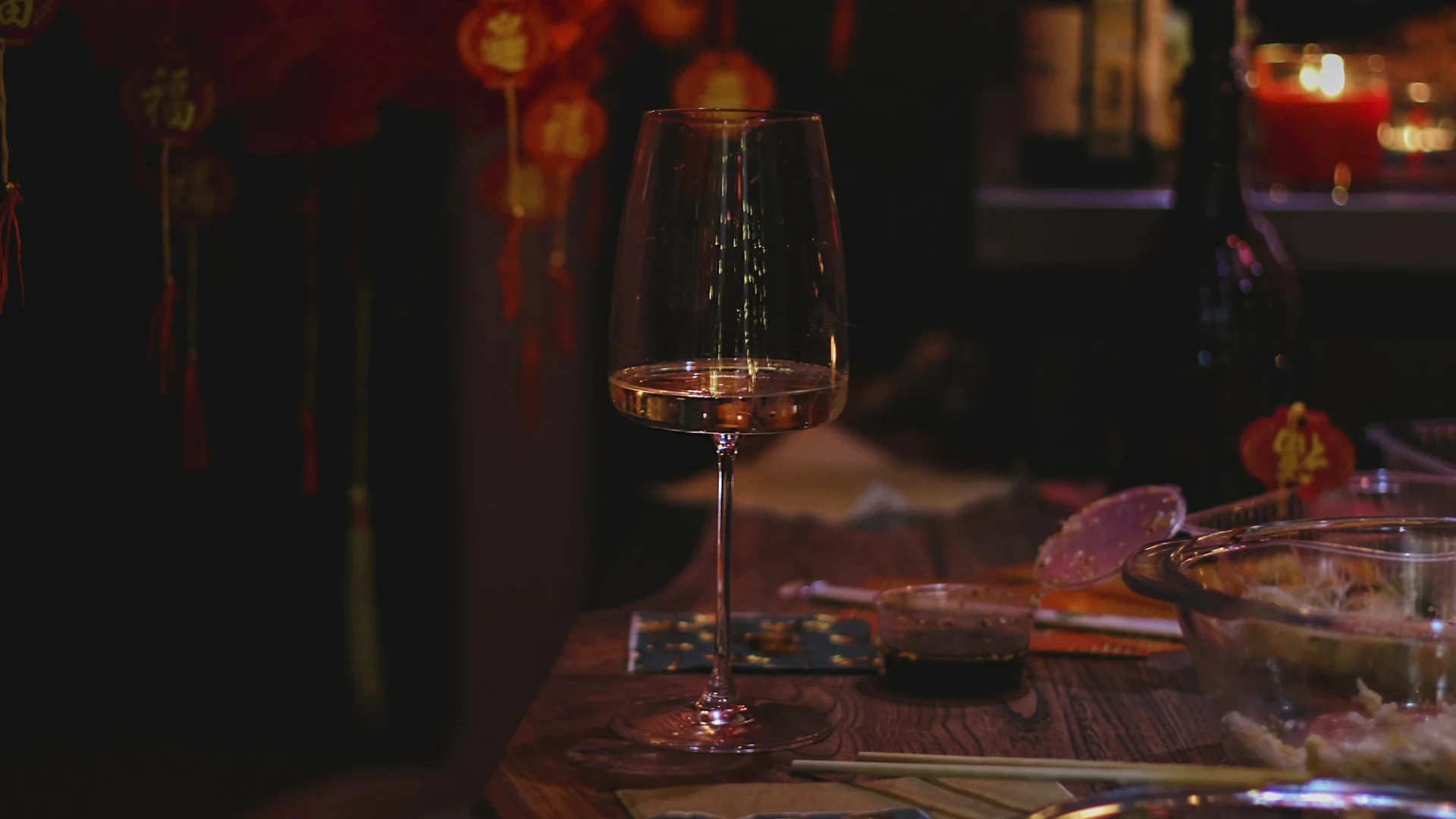






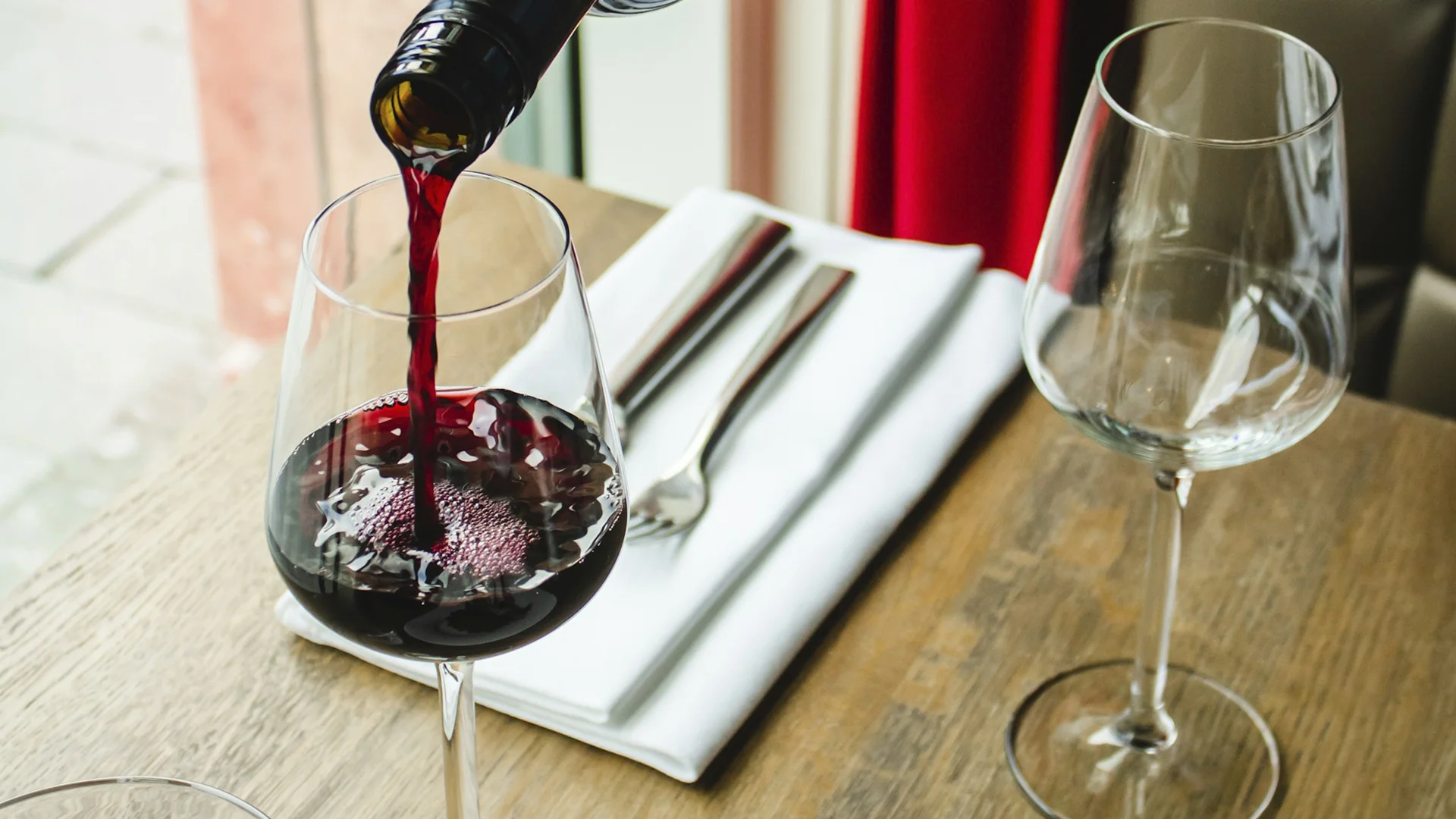












.webp)

.webp)
.webp)
.webp)



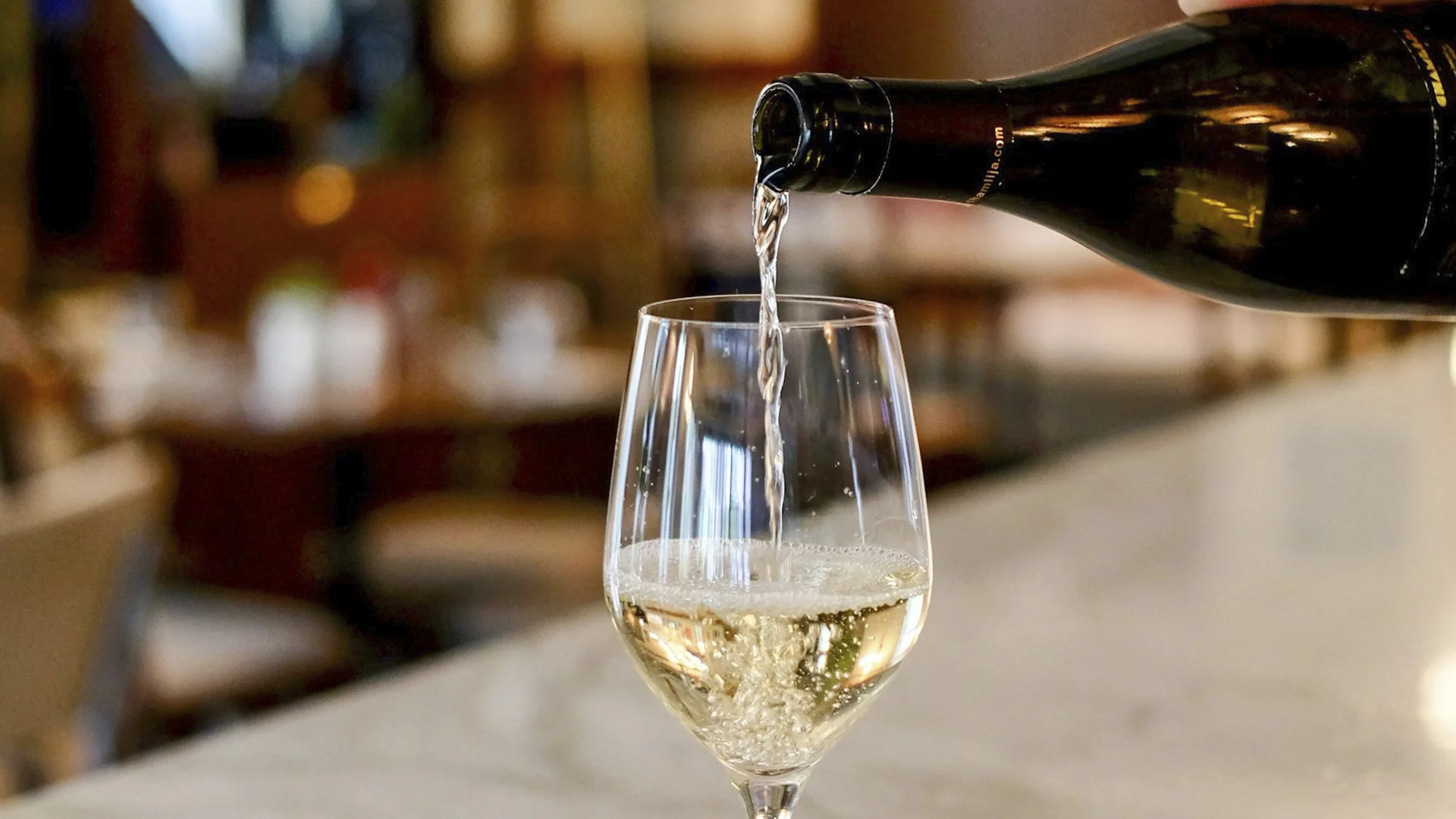


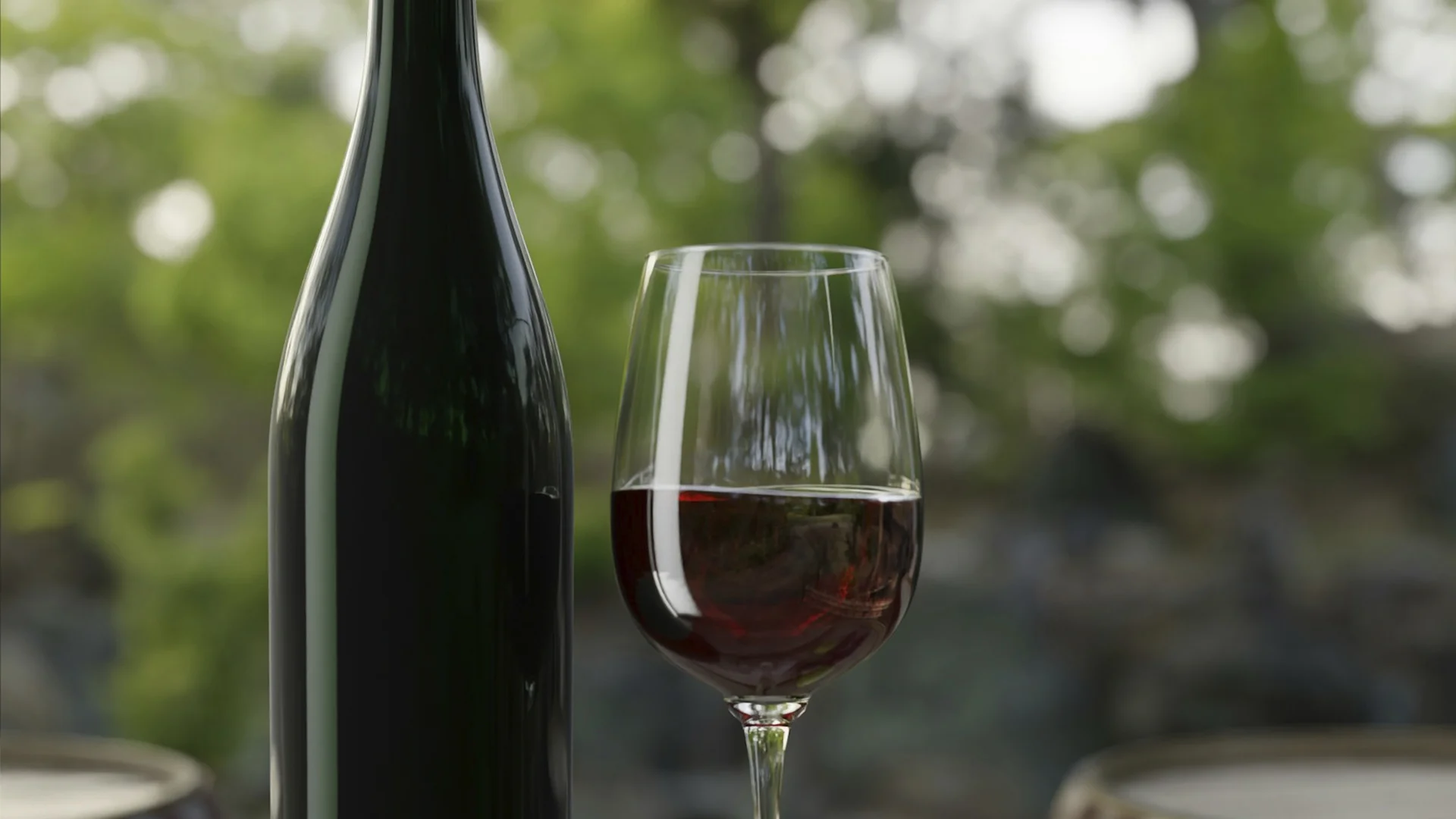



















.webp)













Are you interested in
collaborating with us?